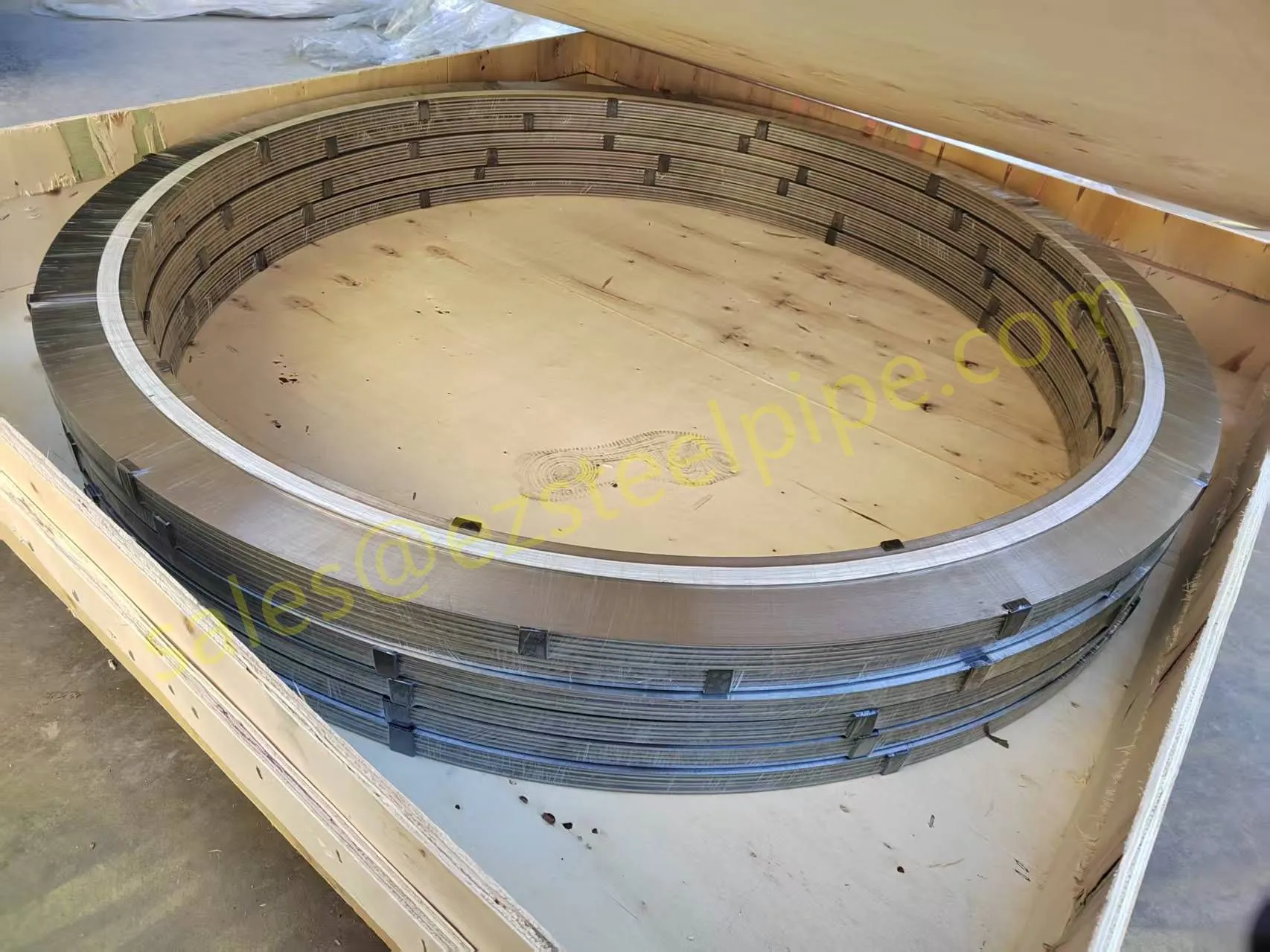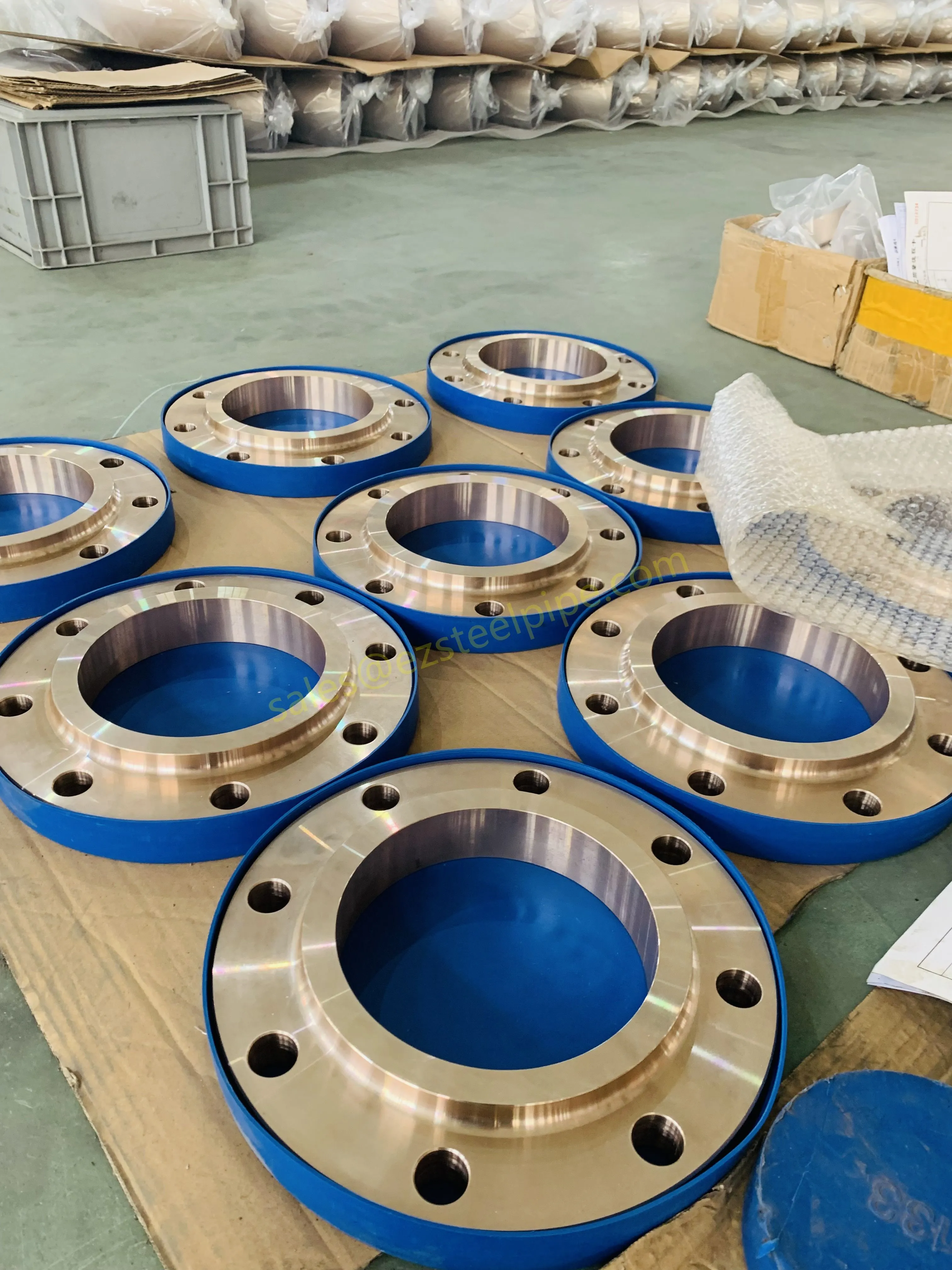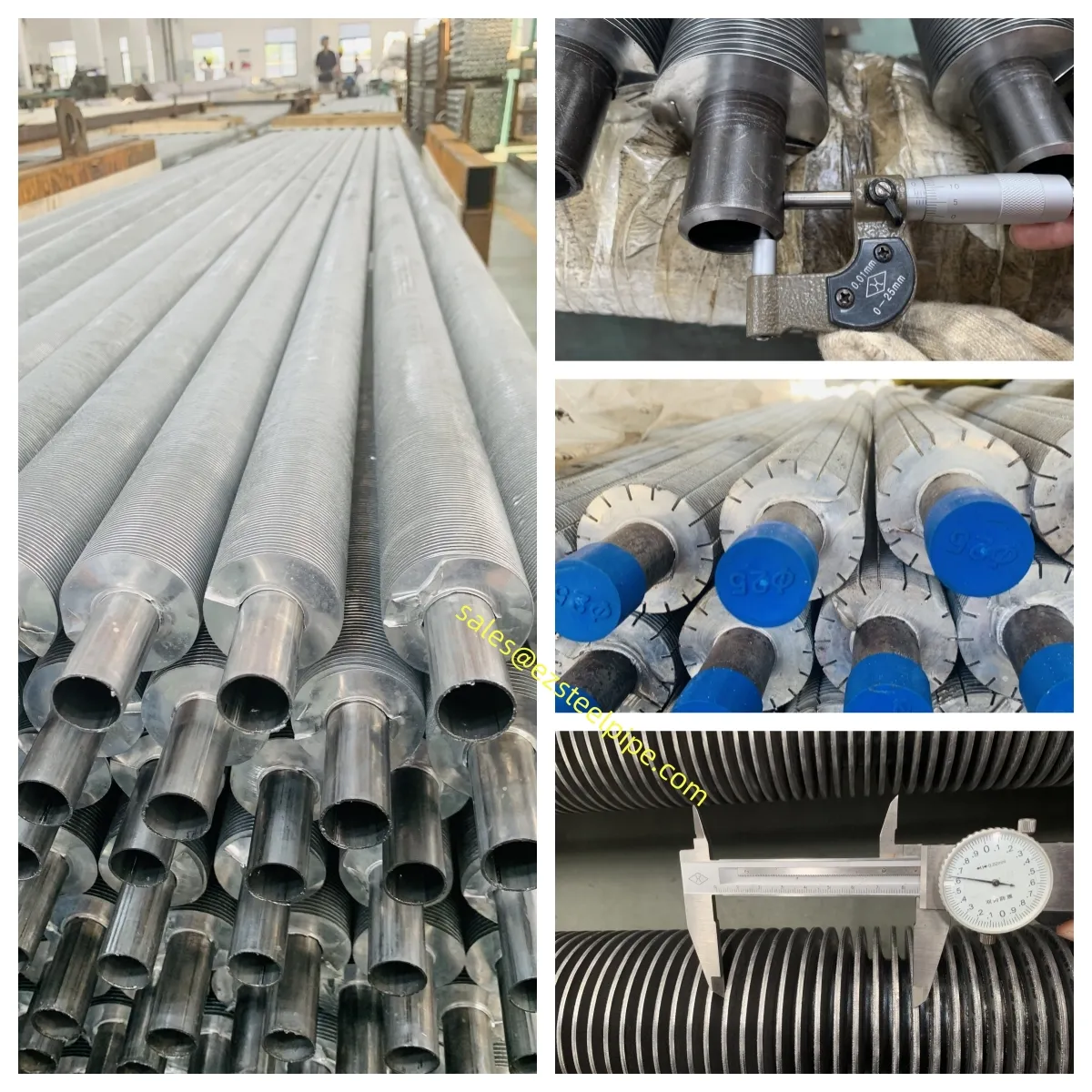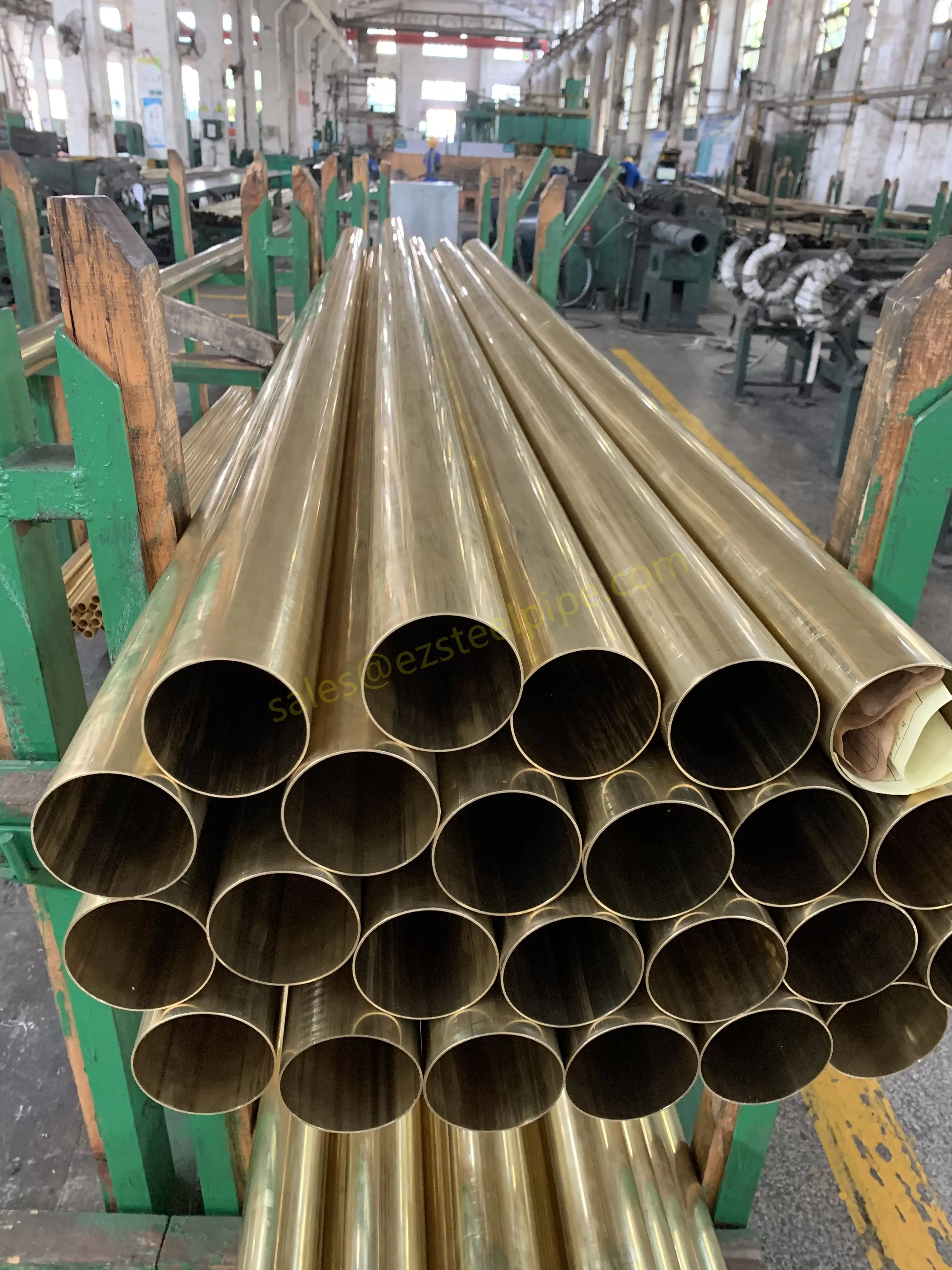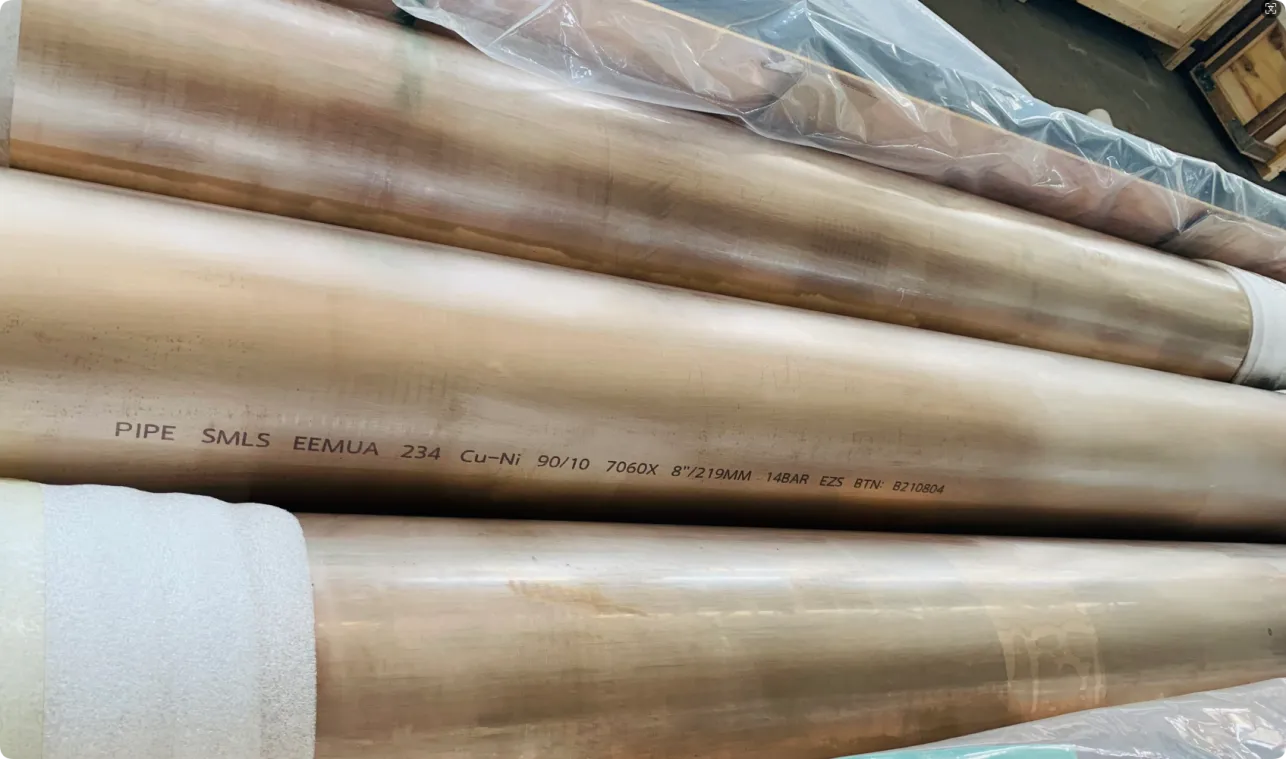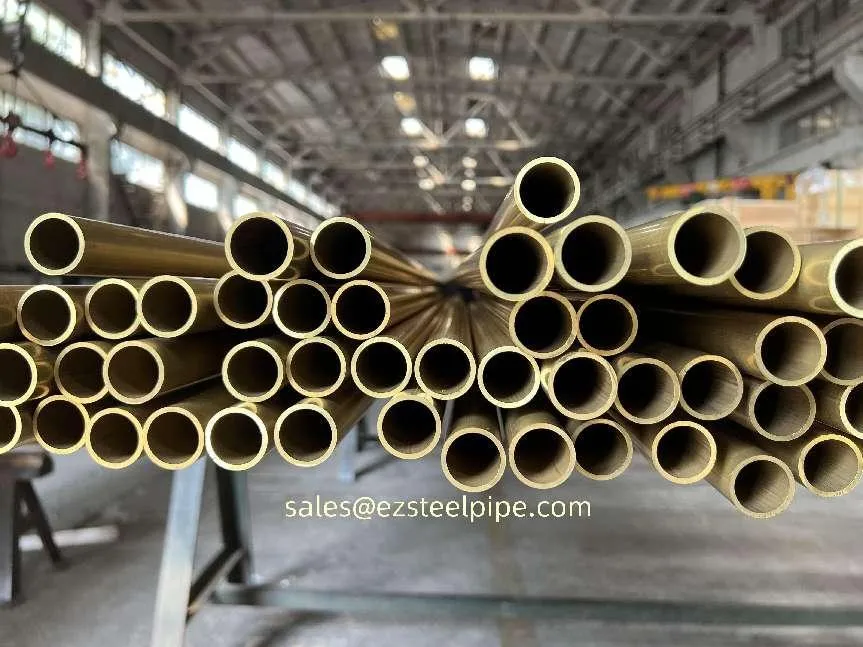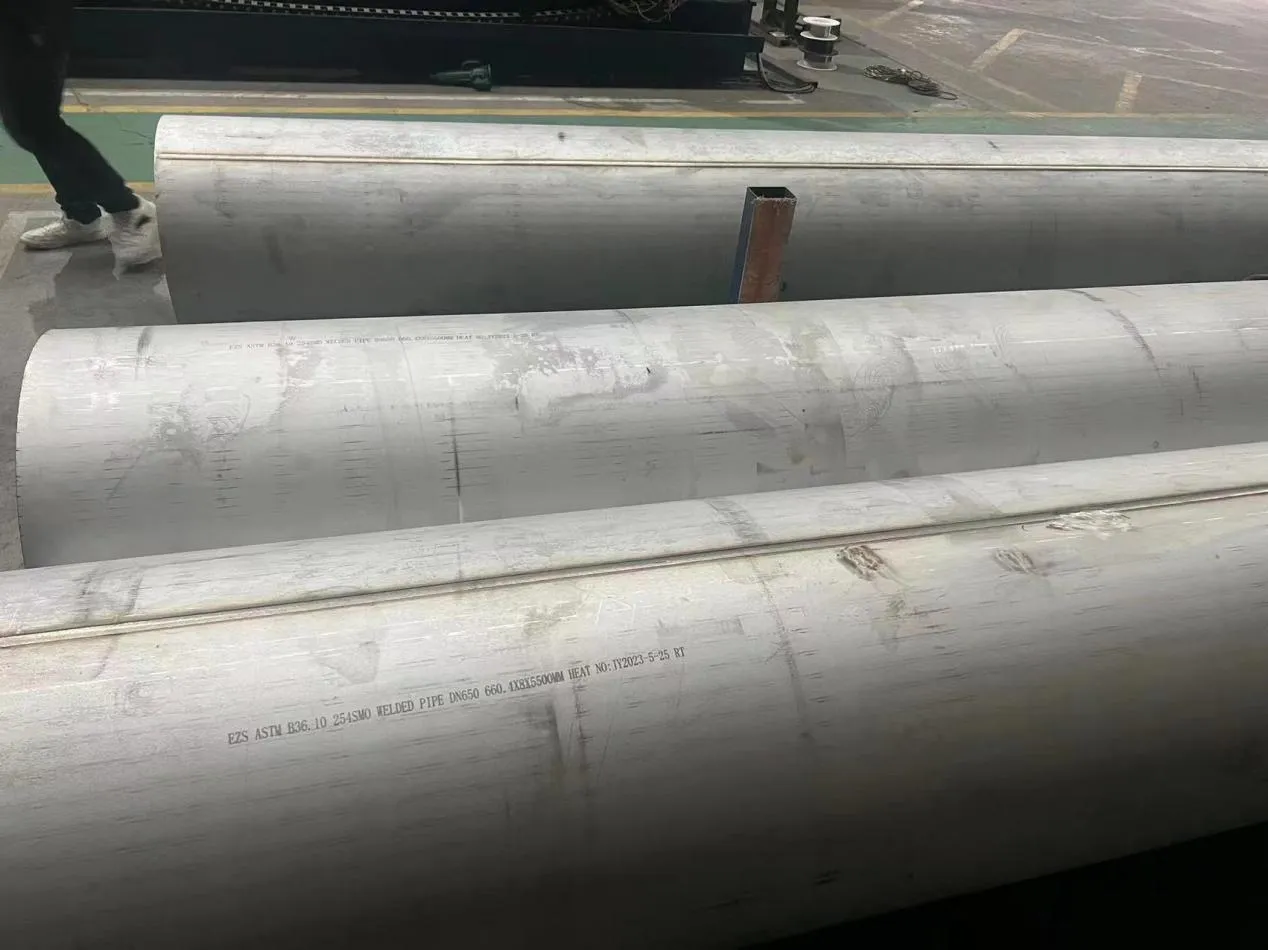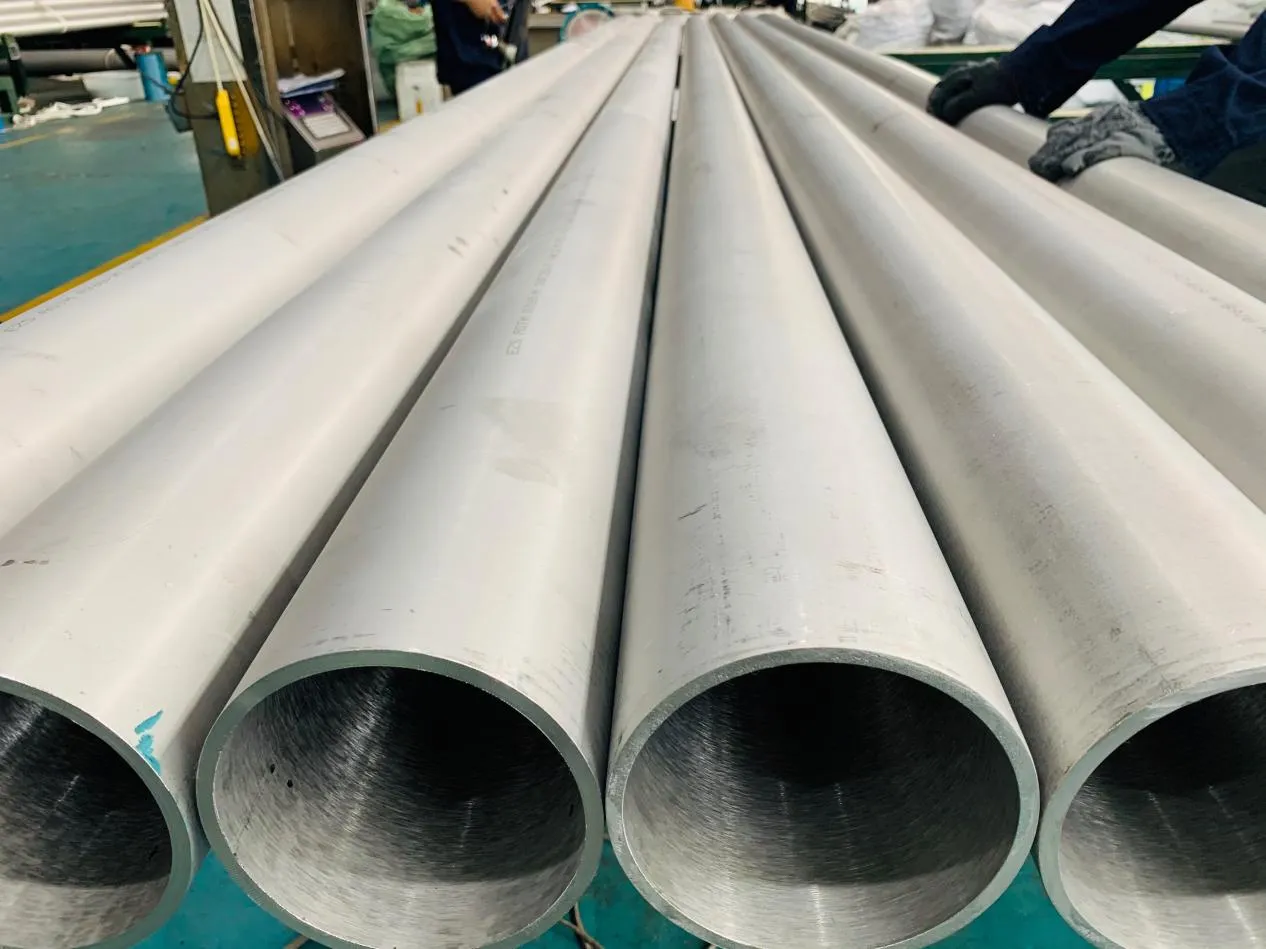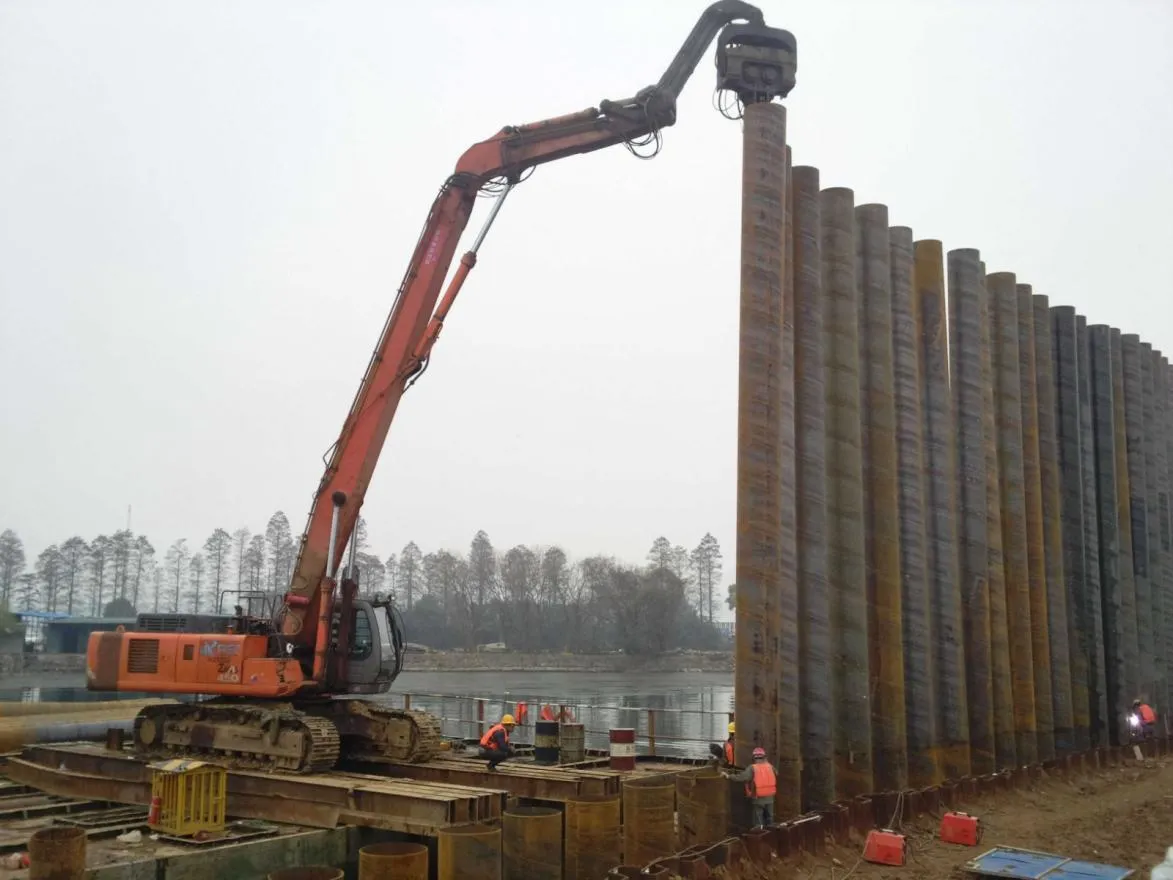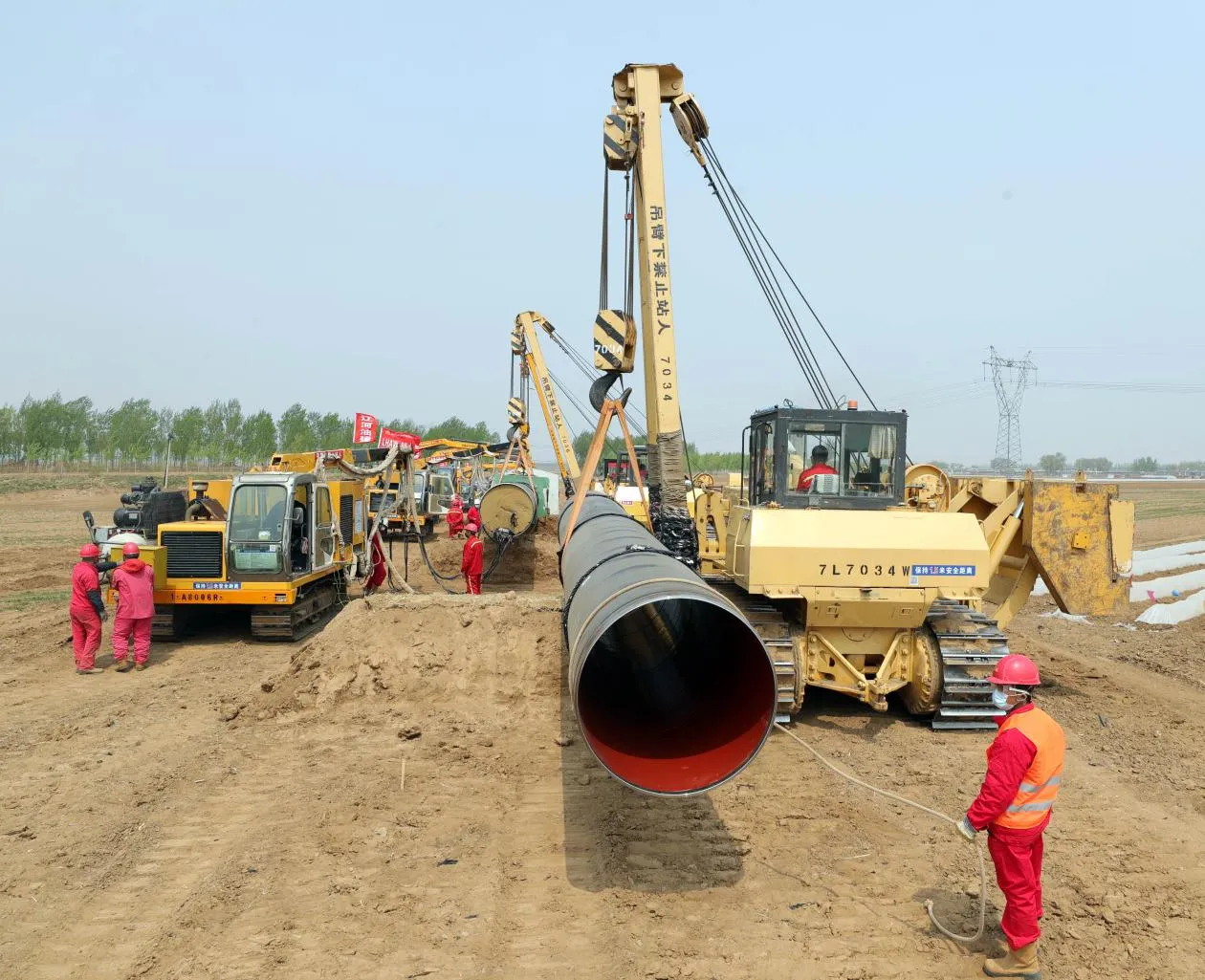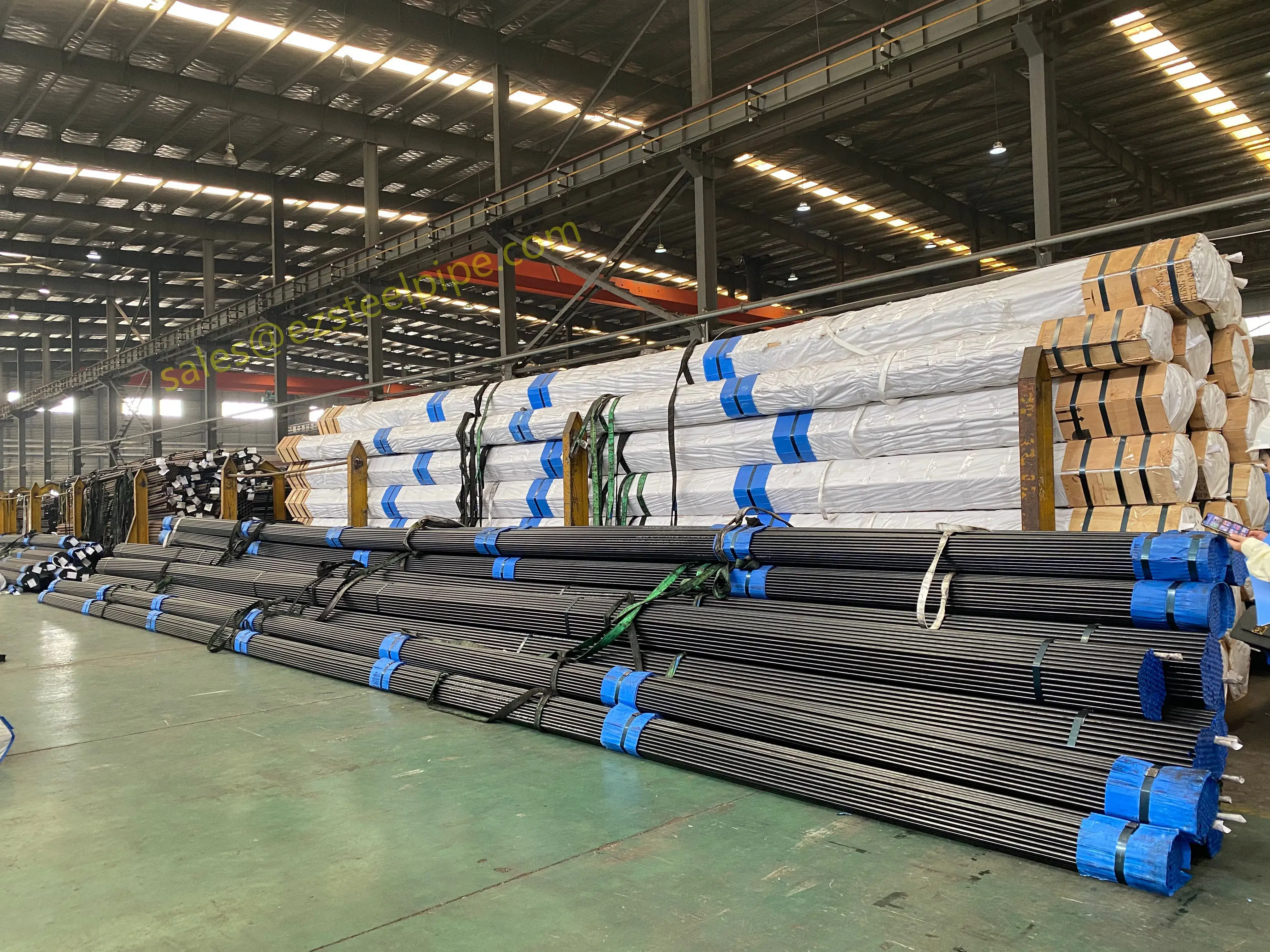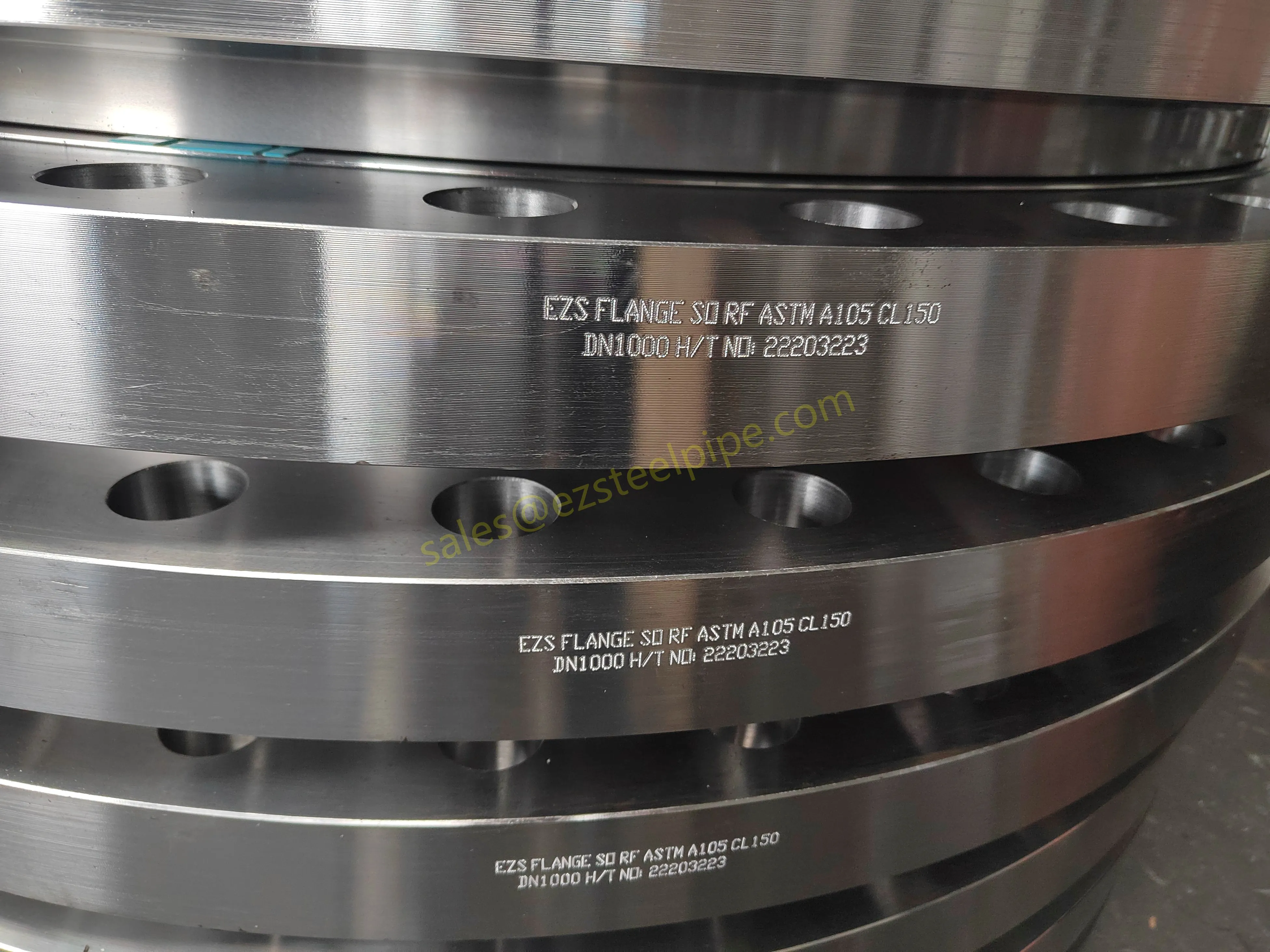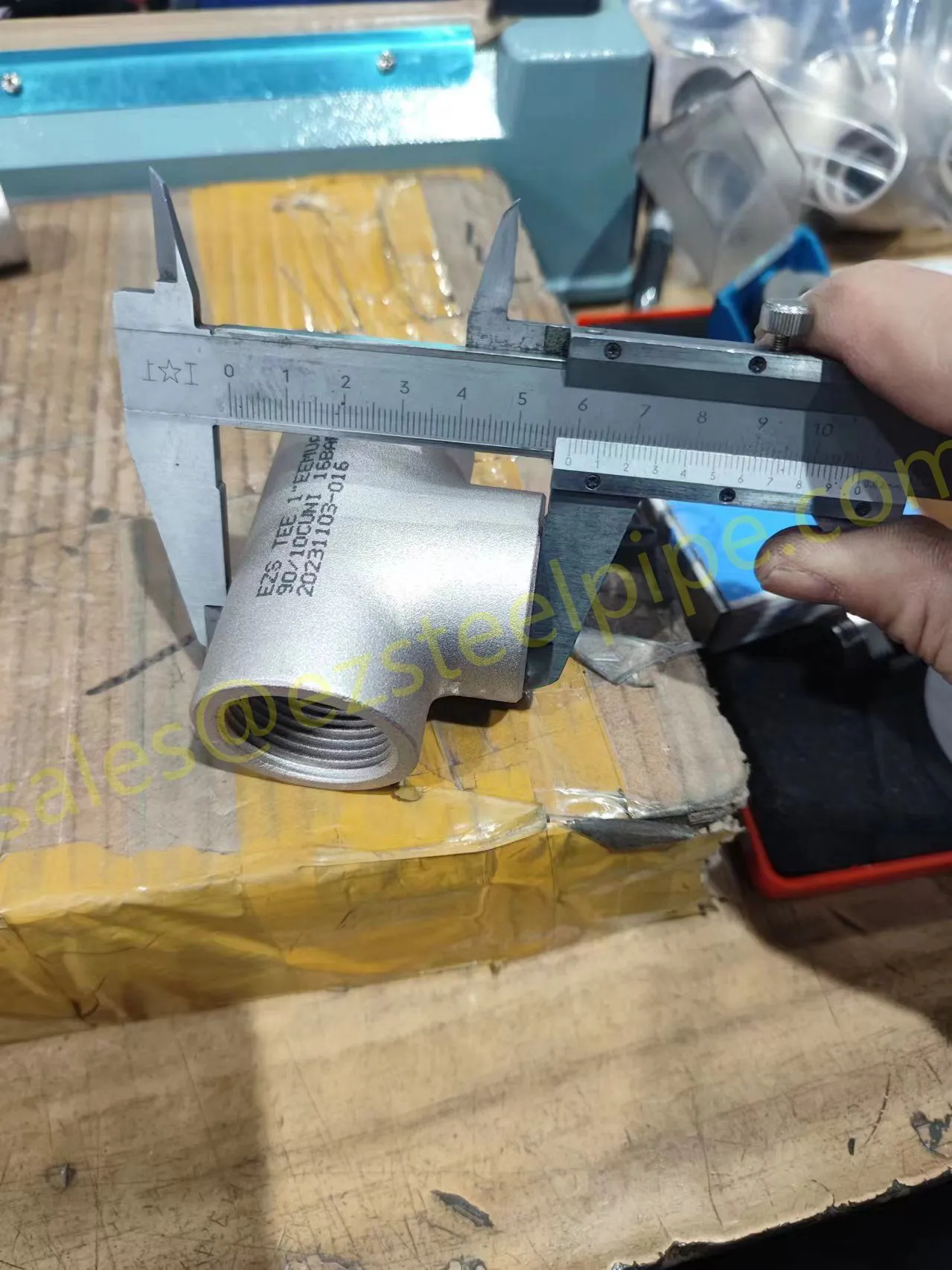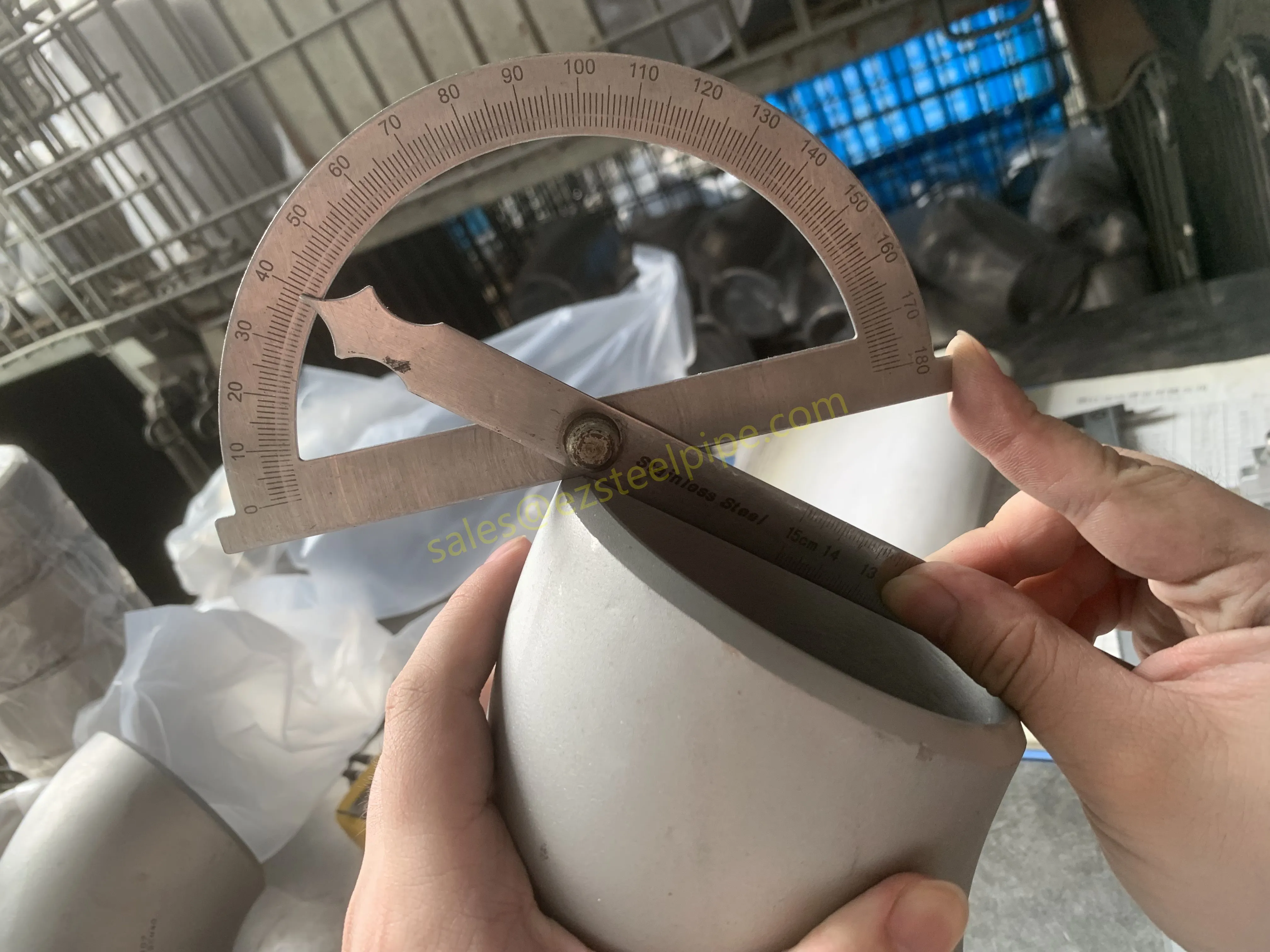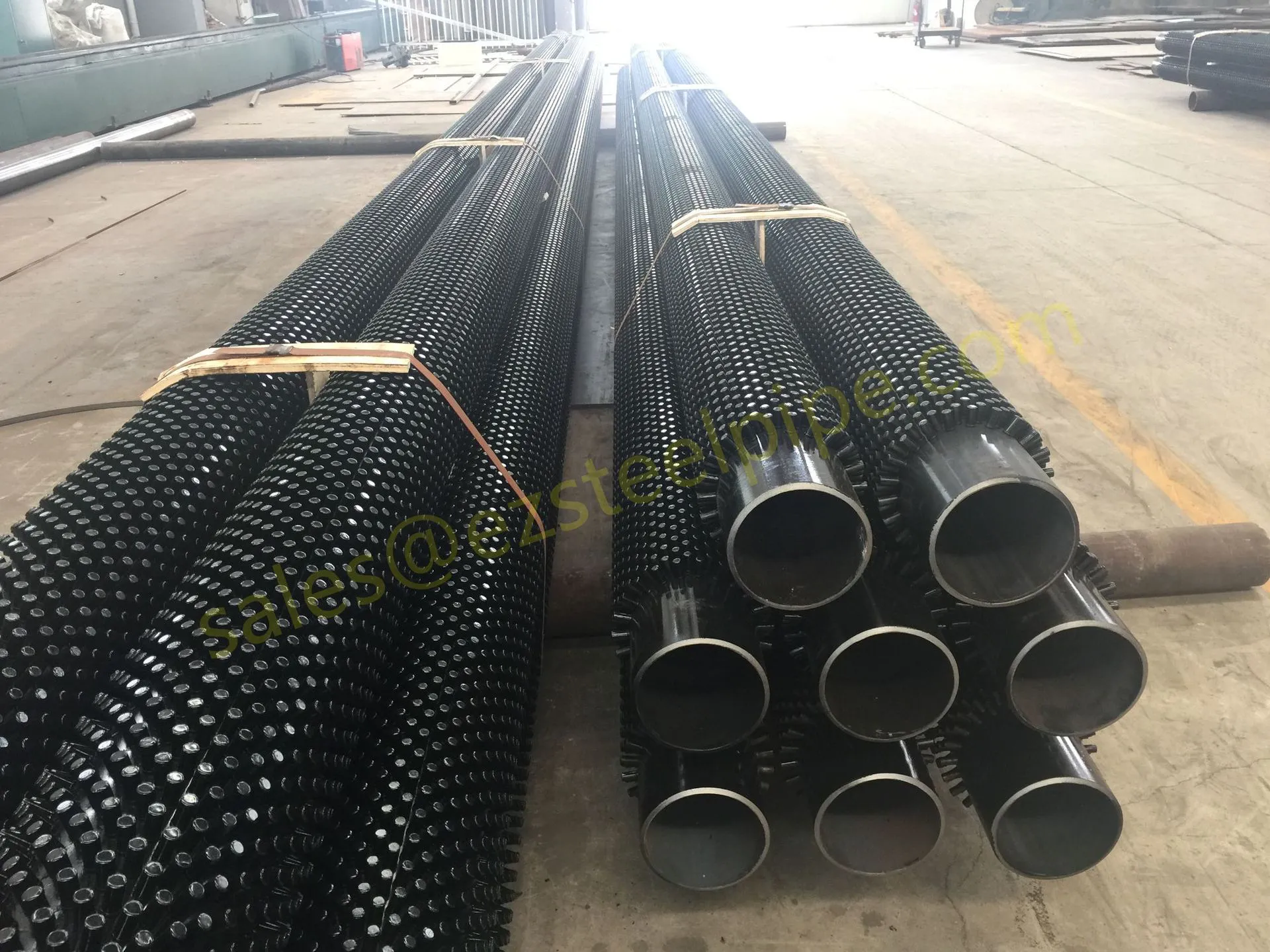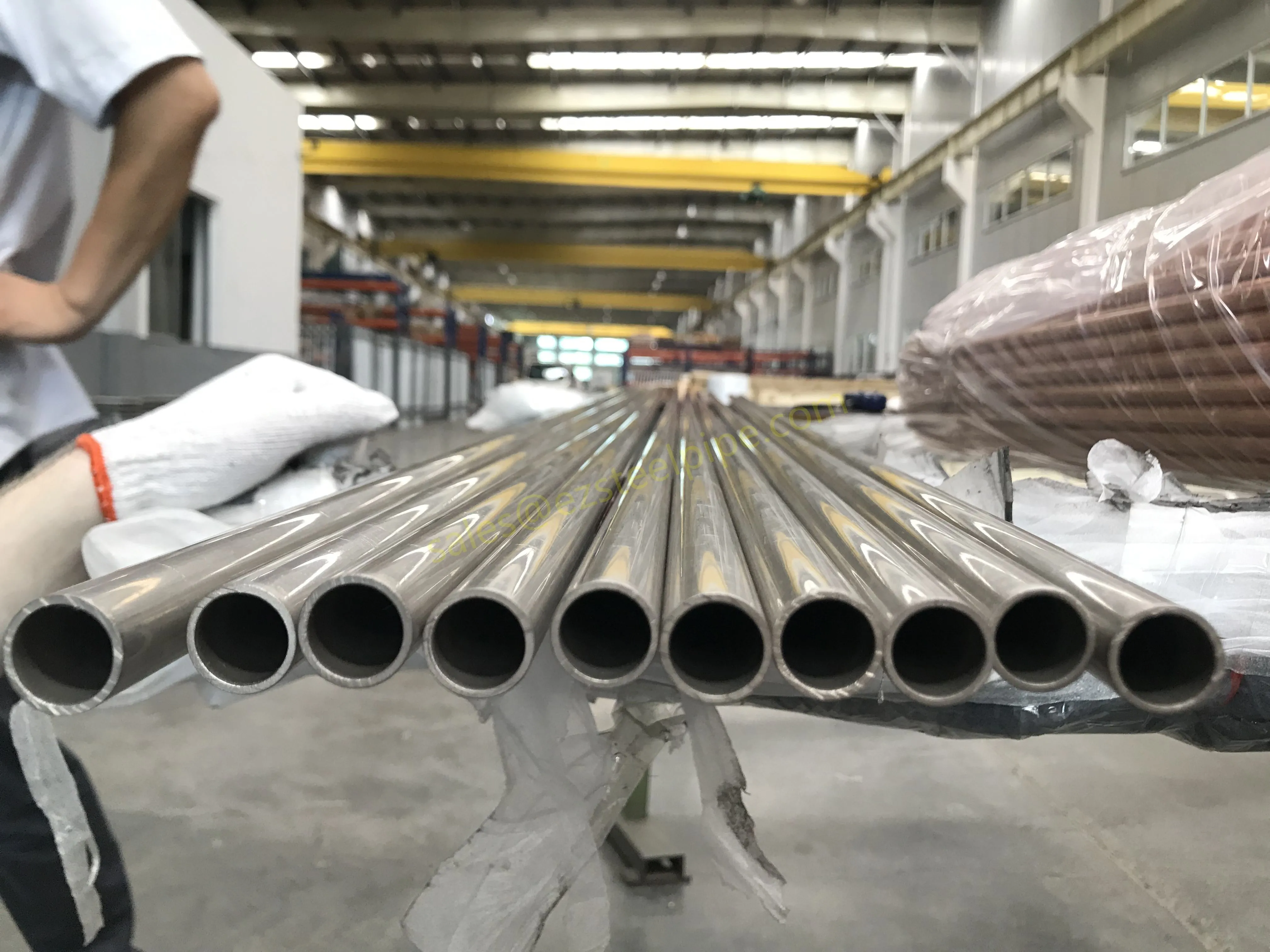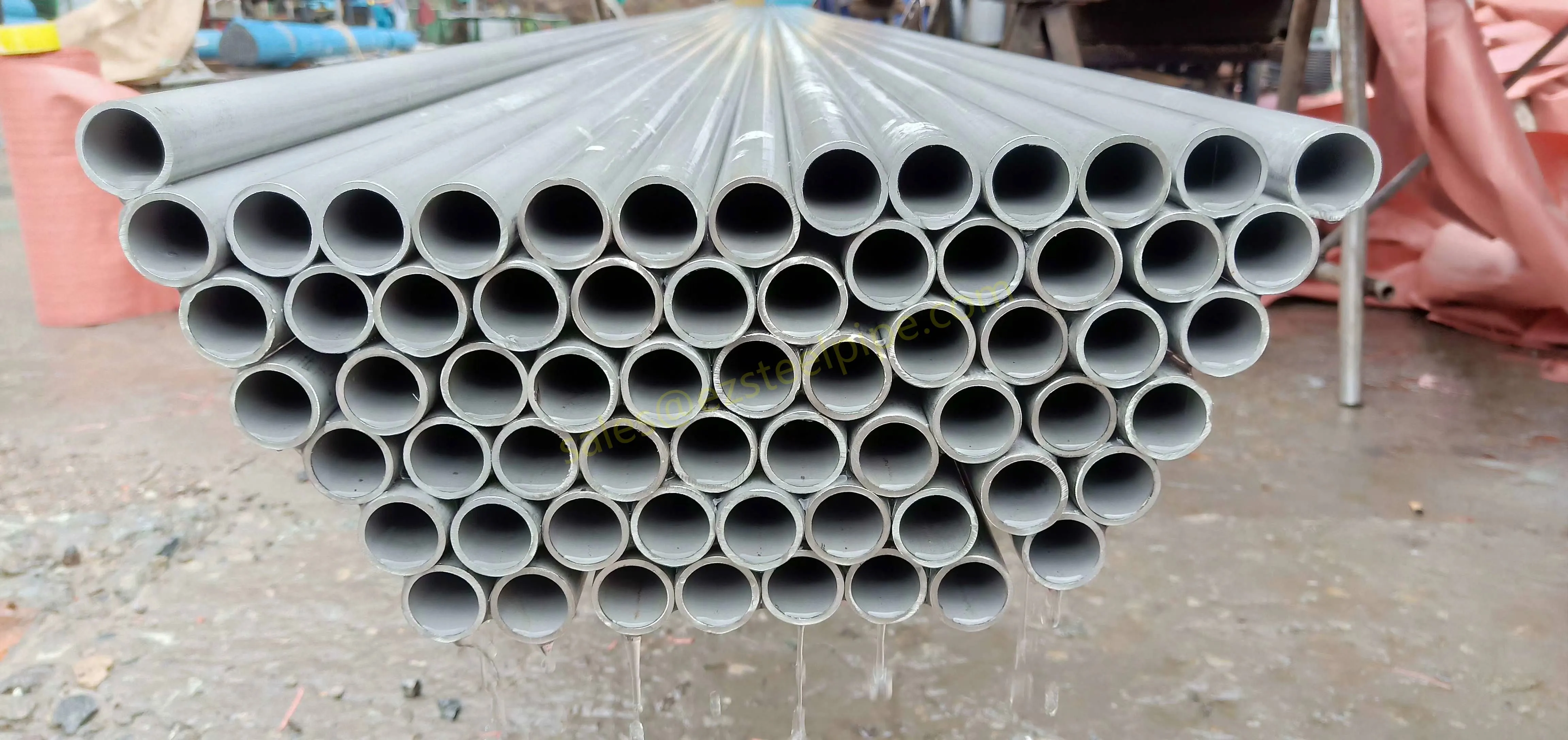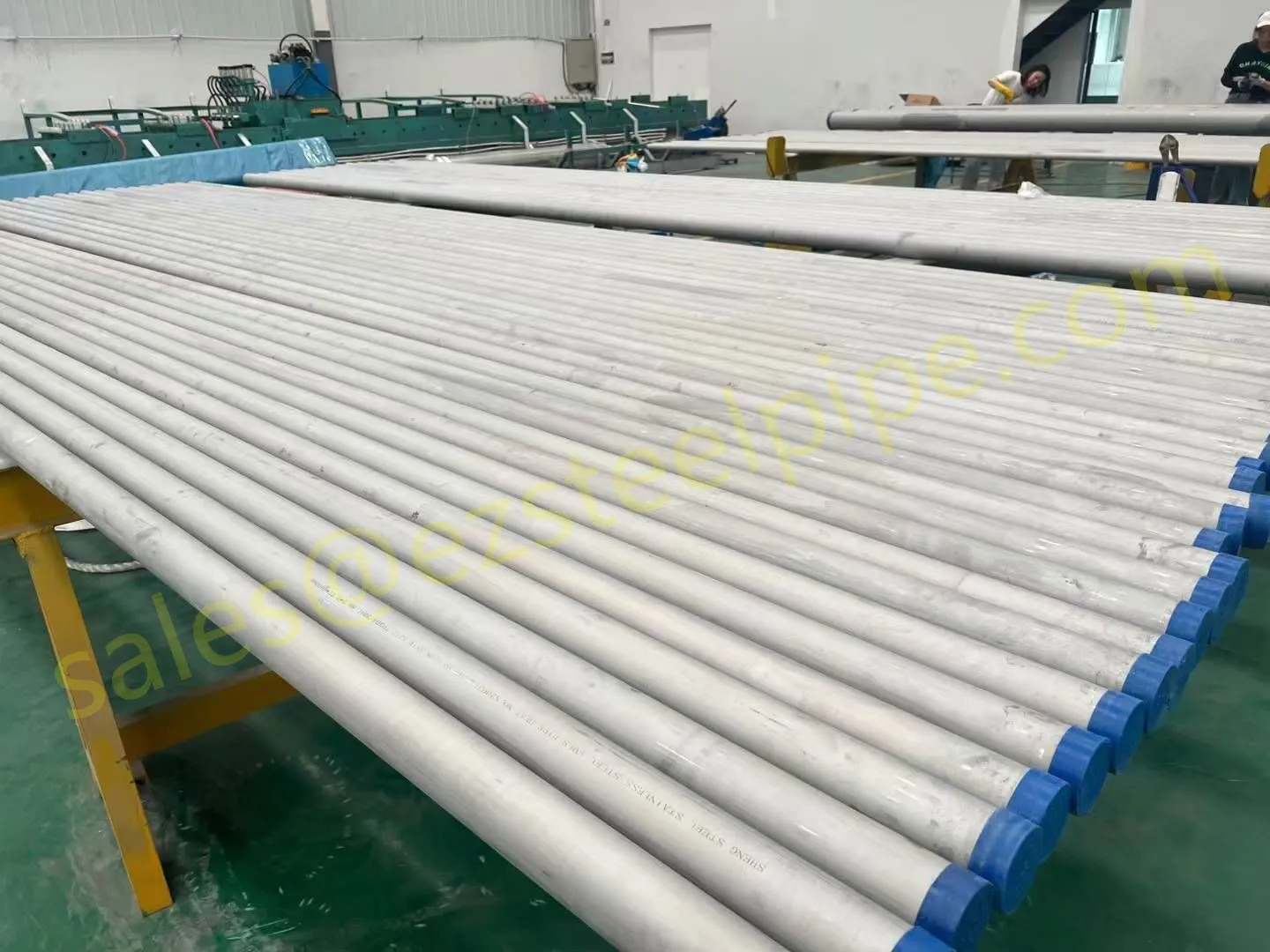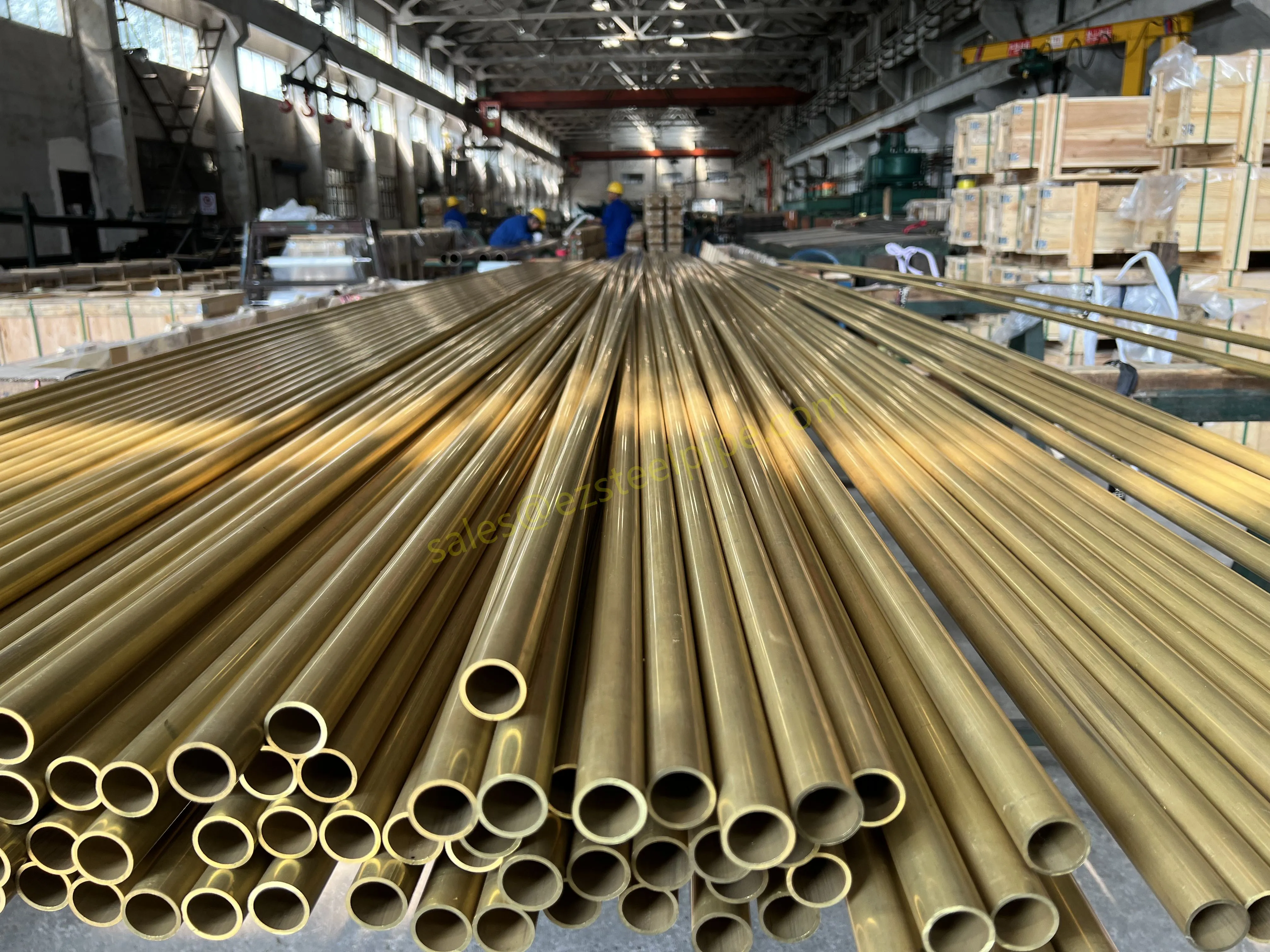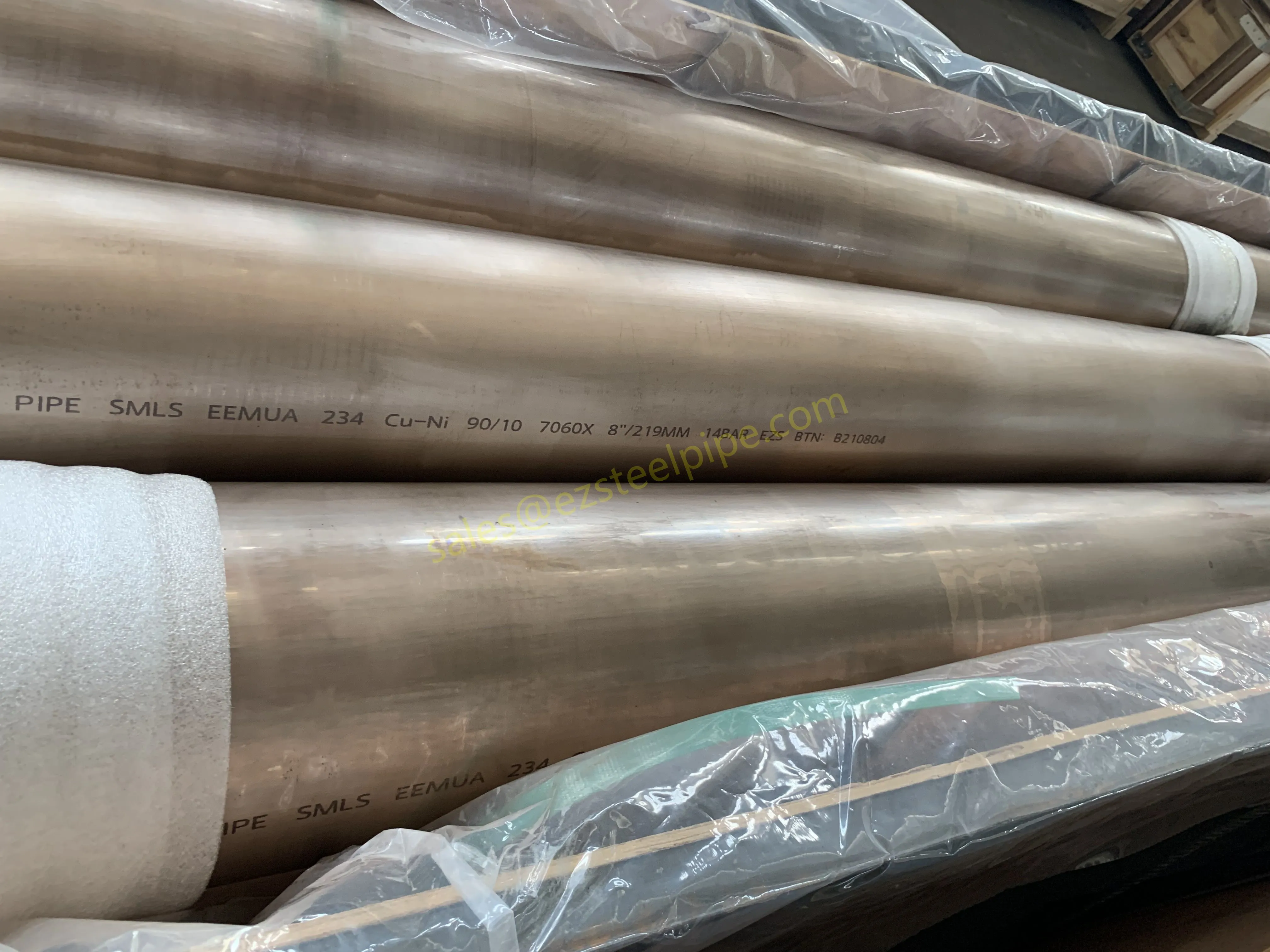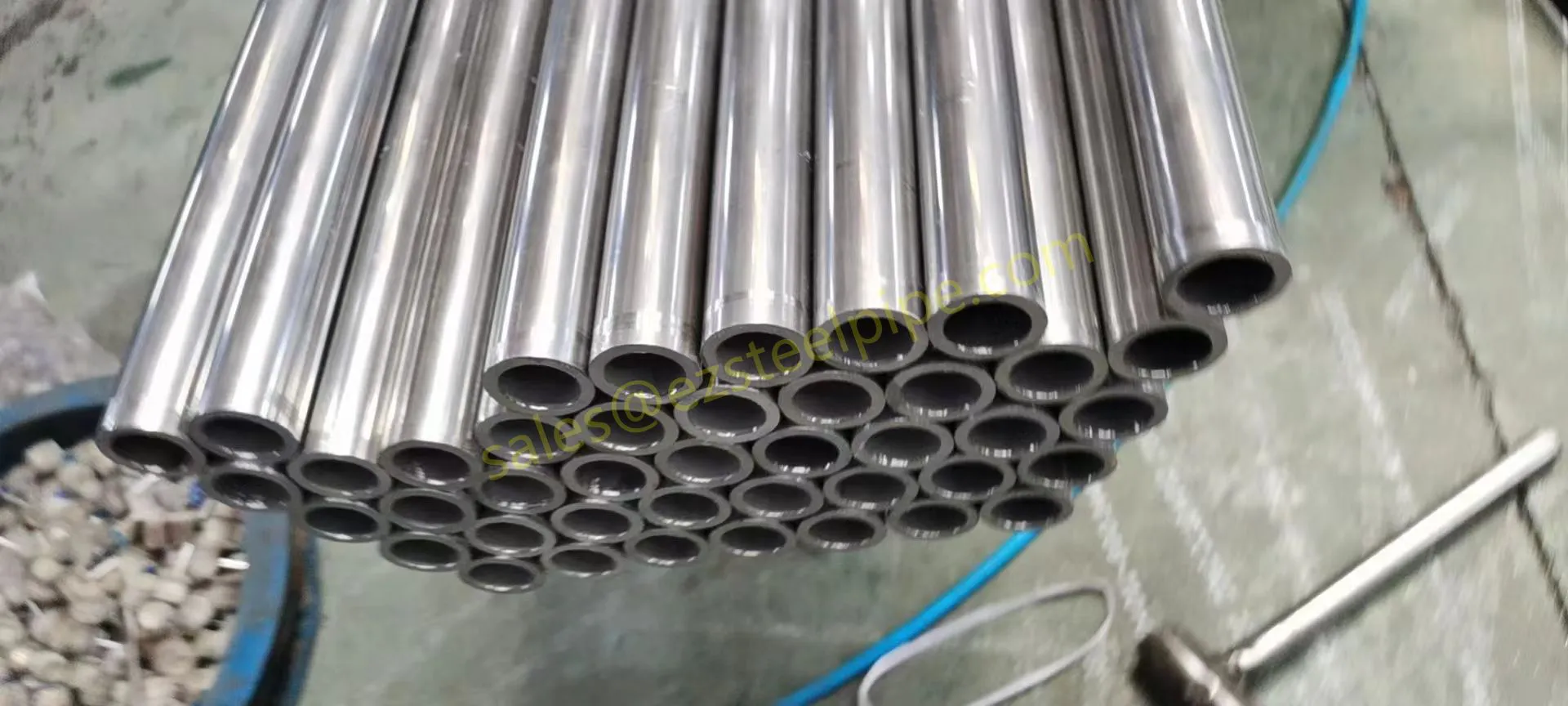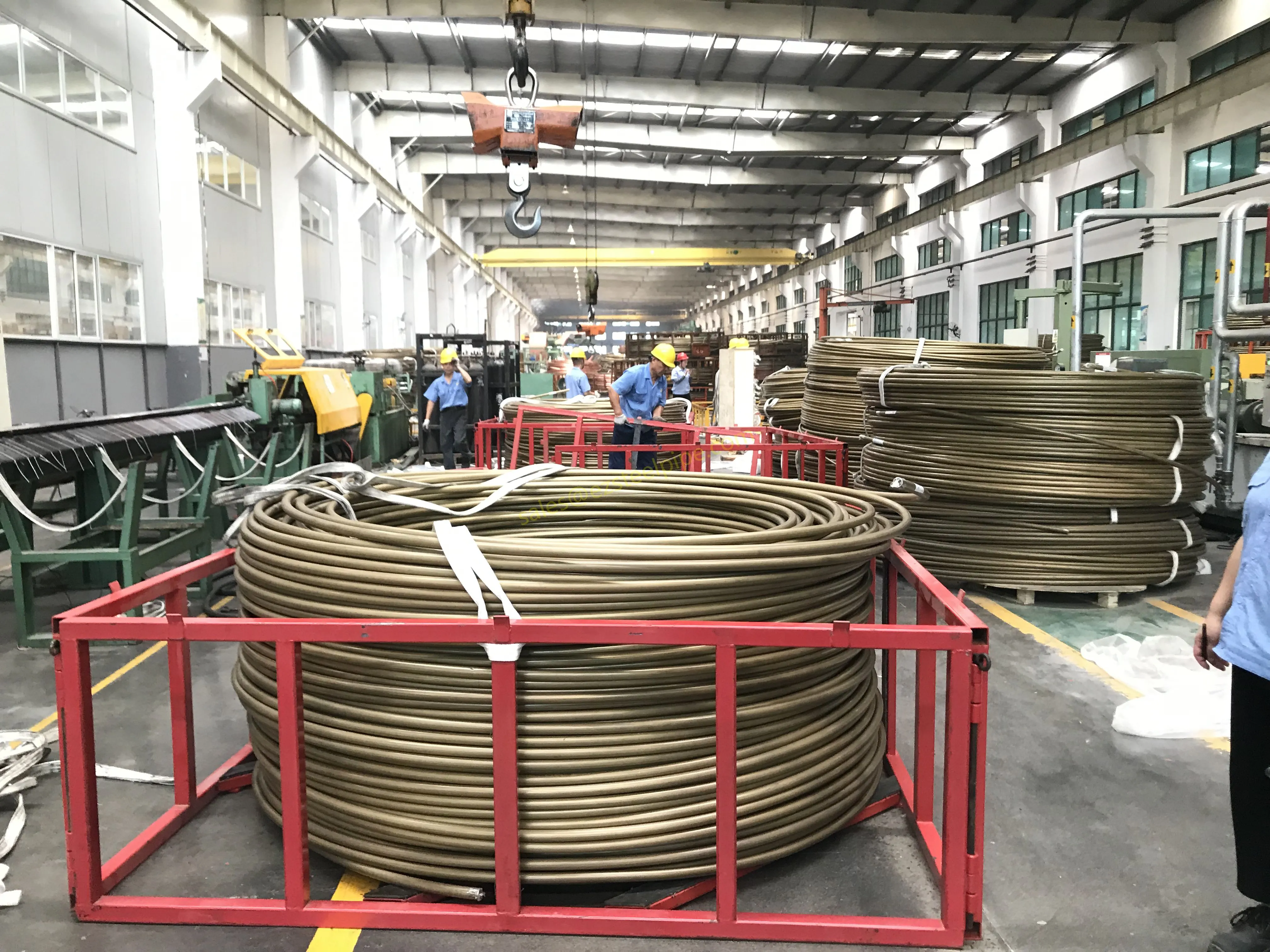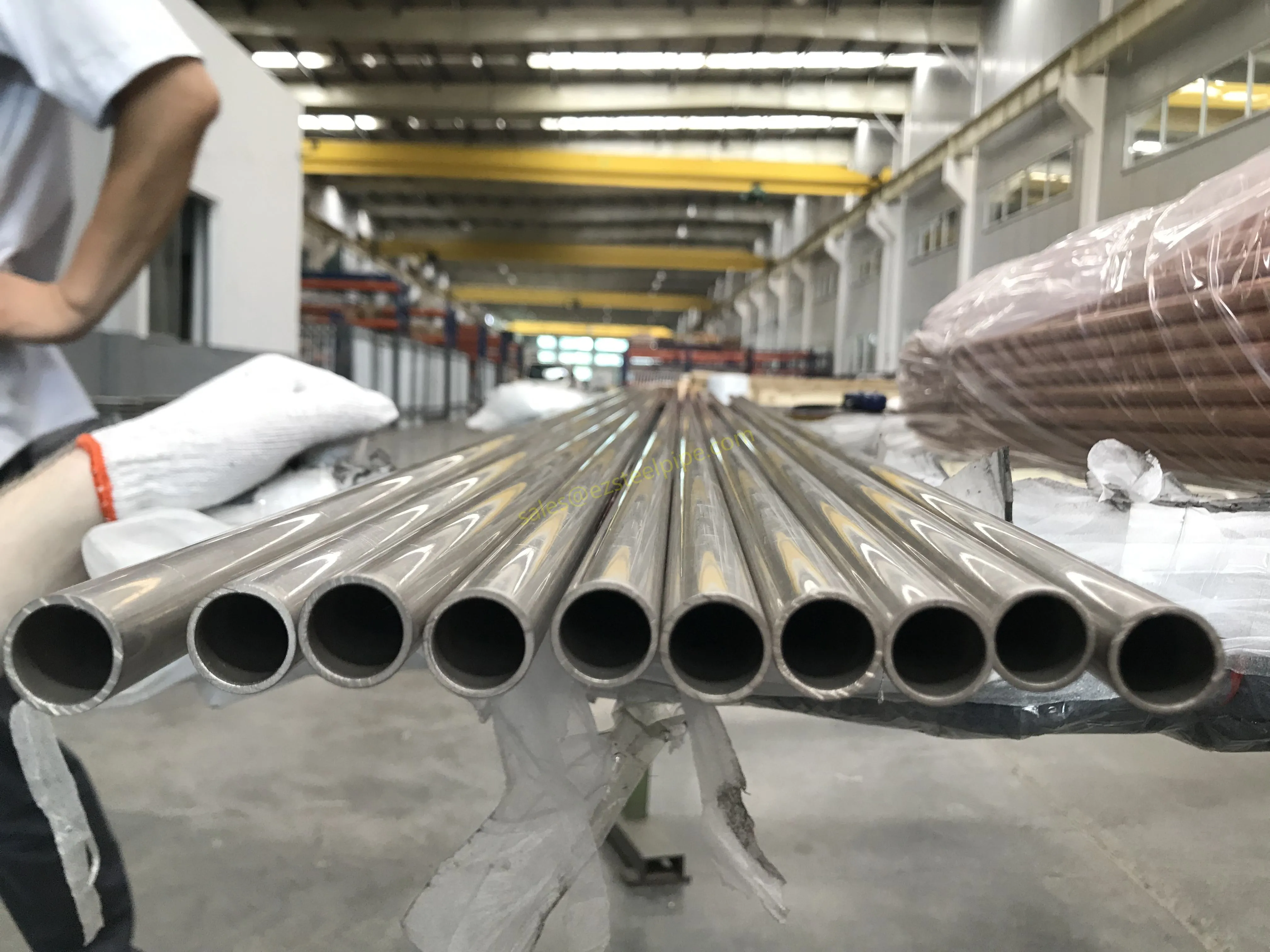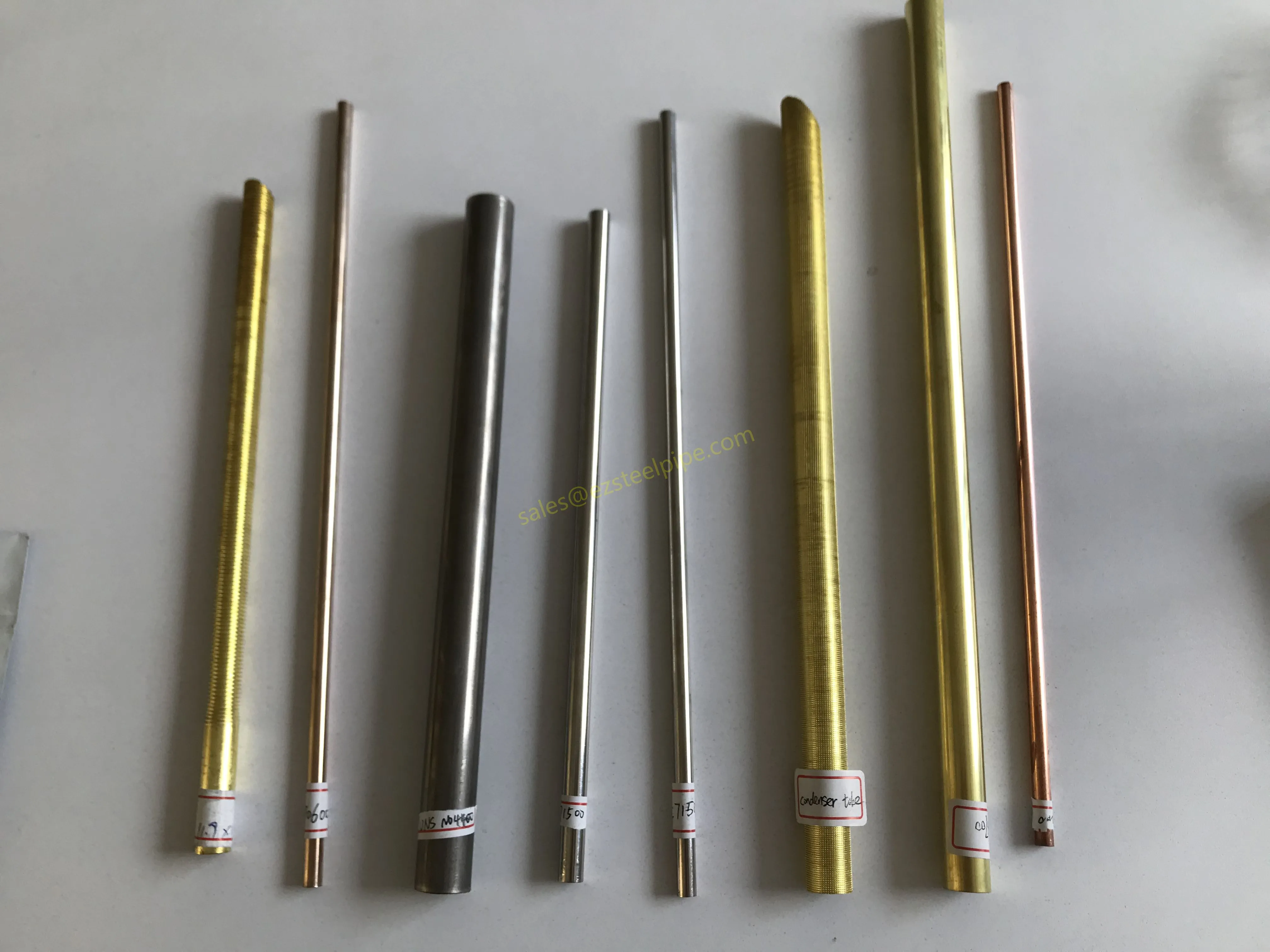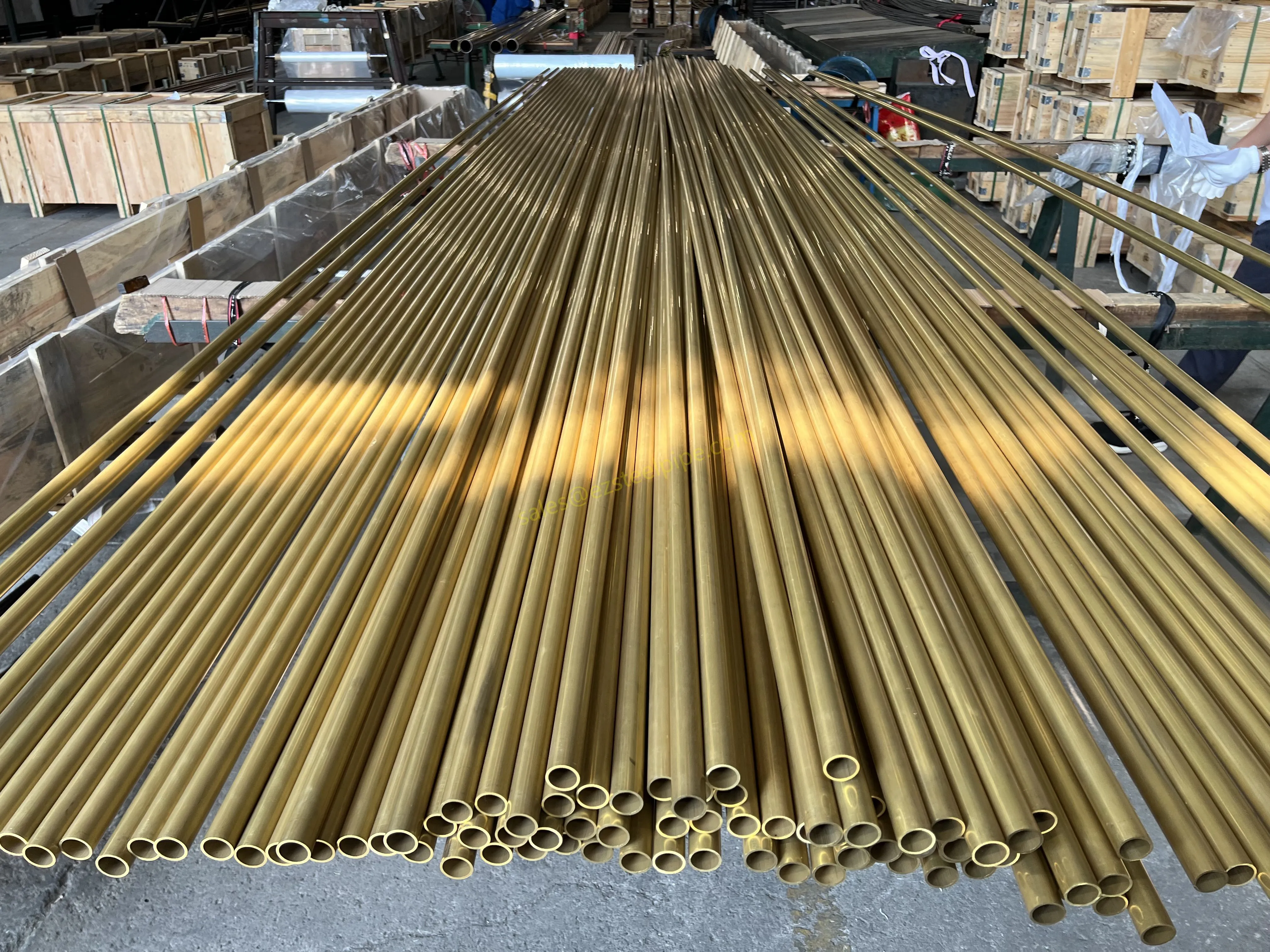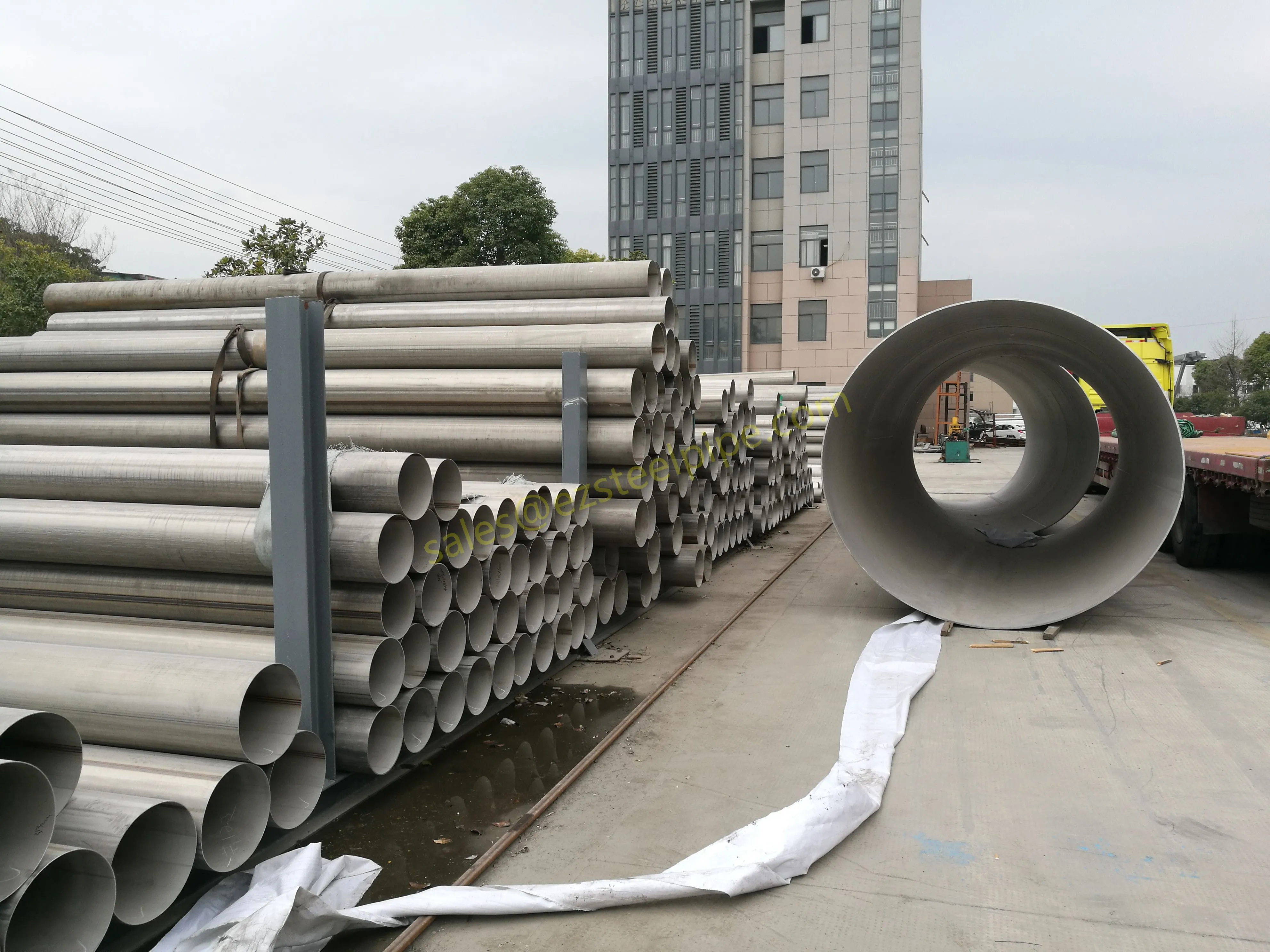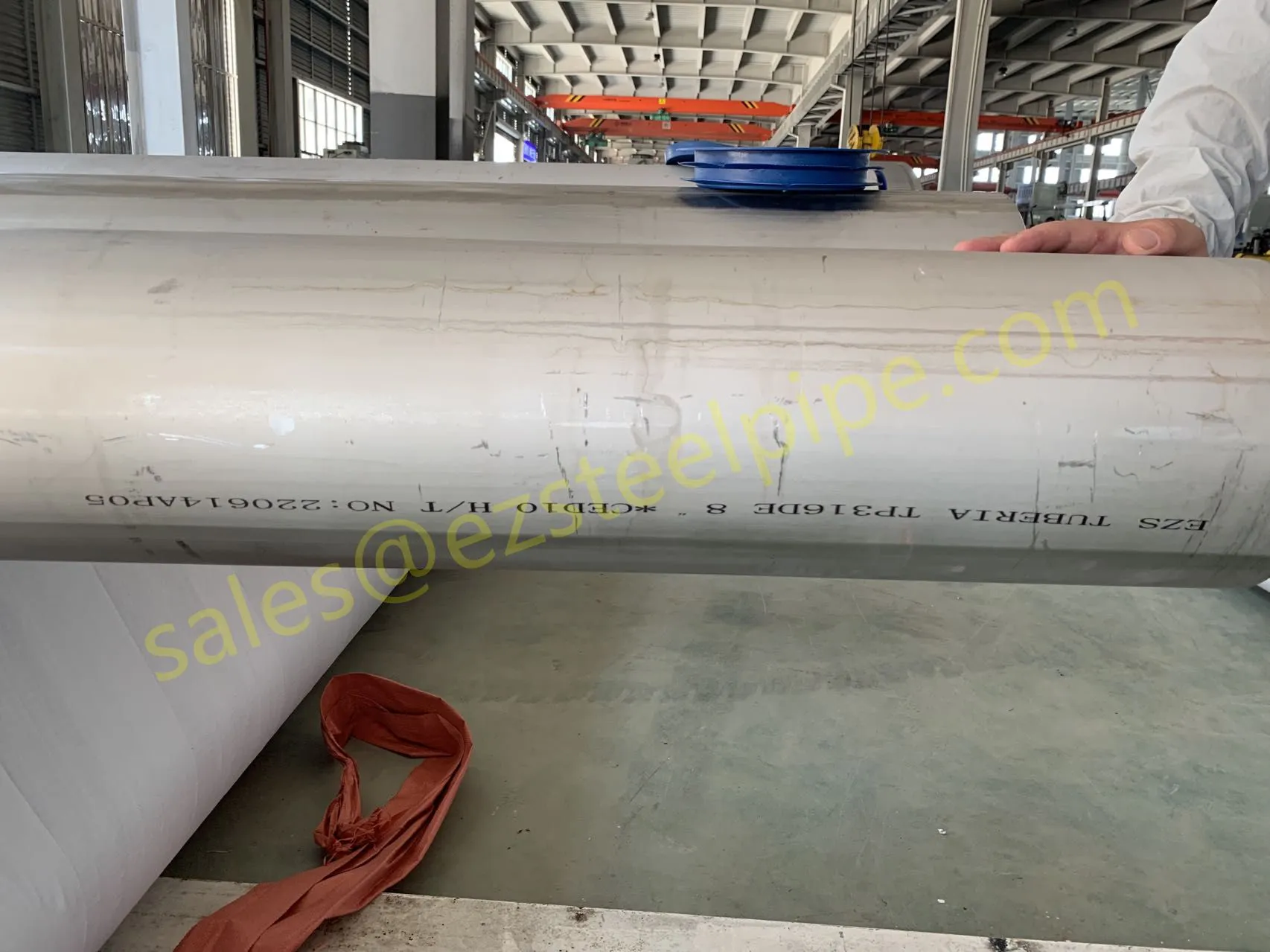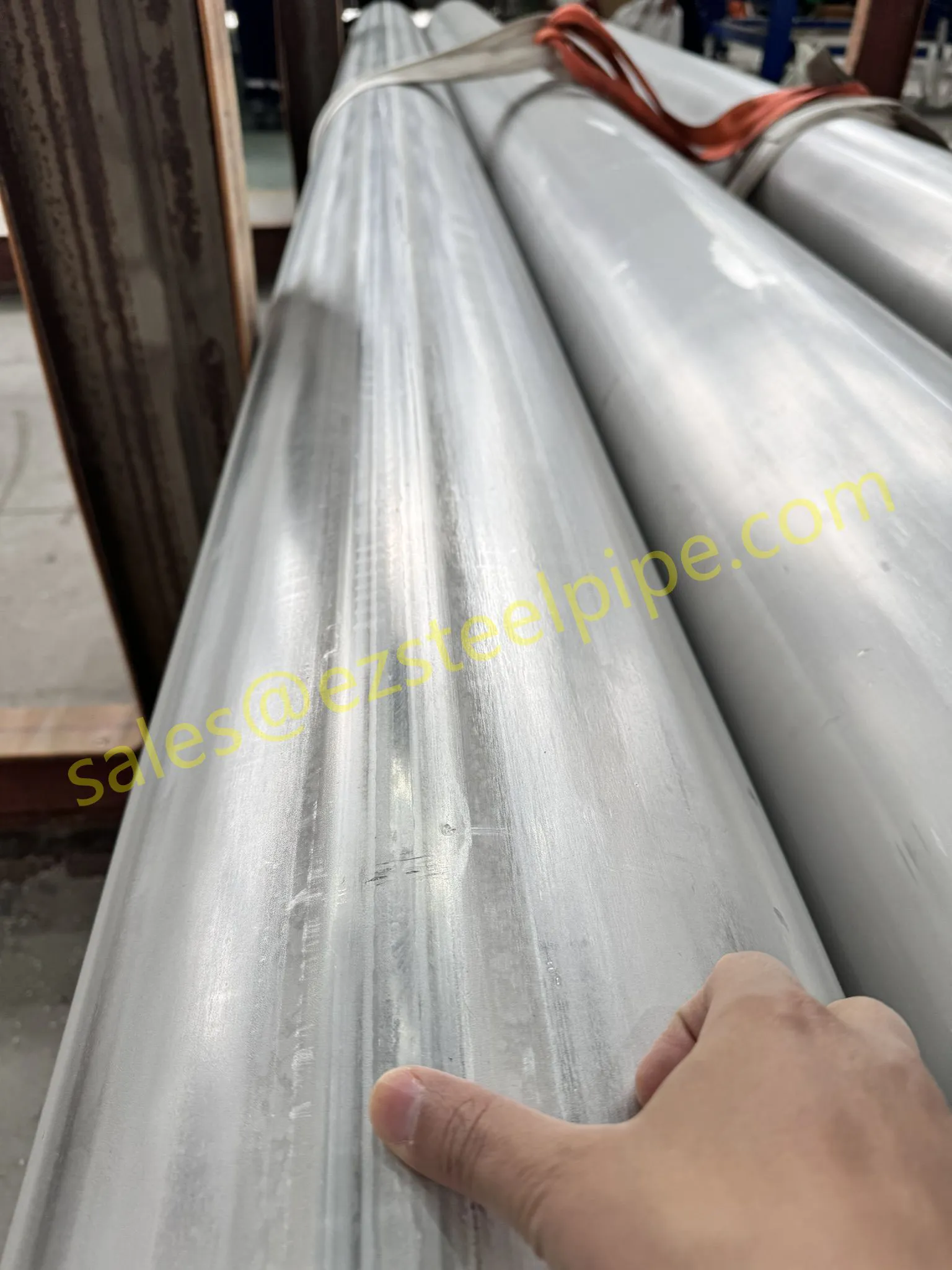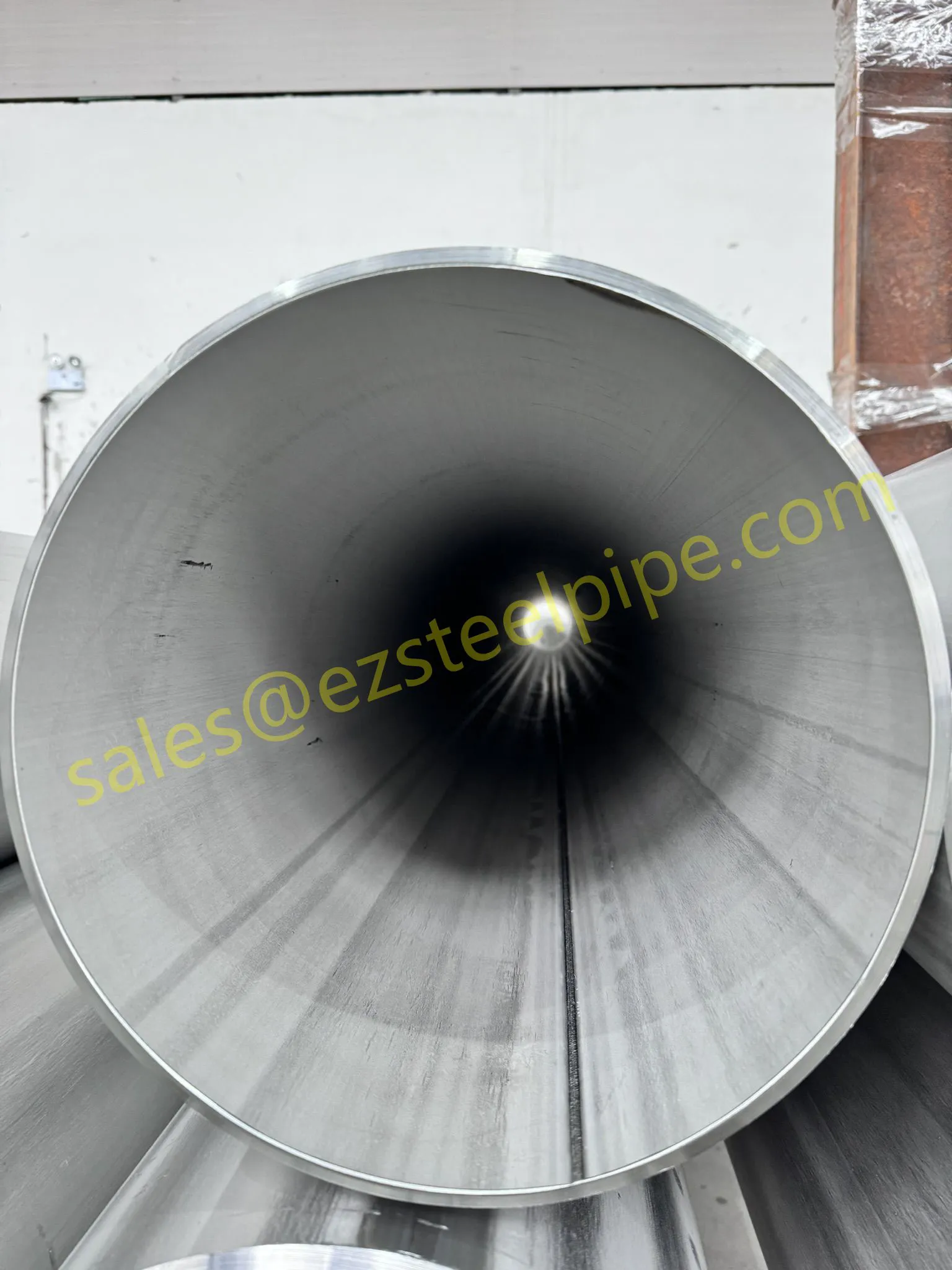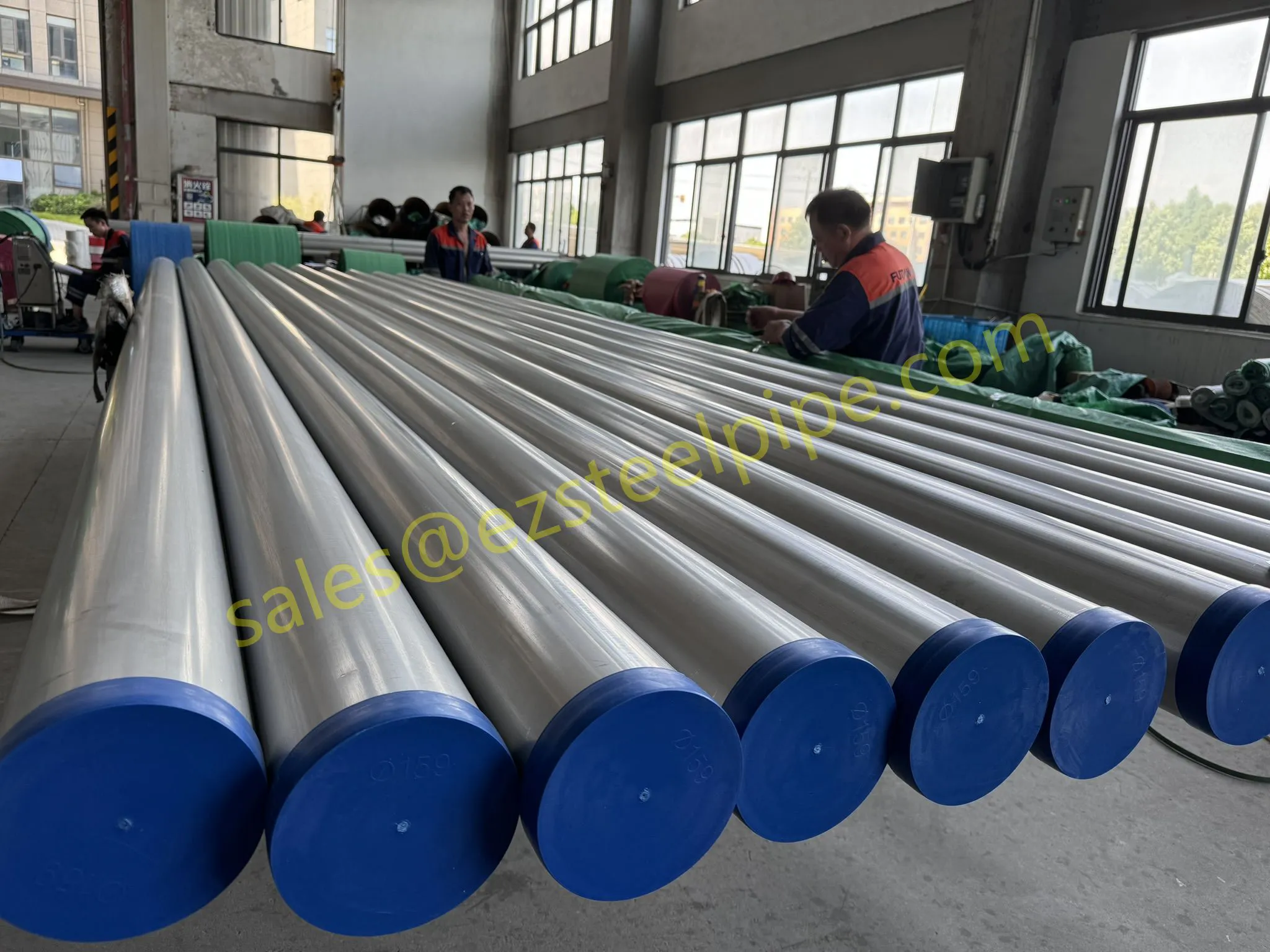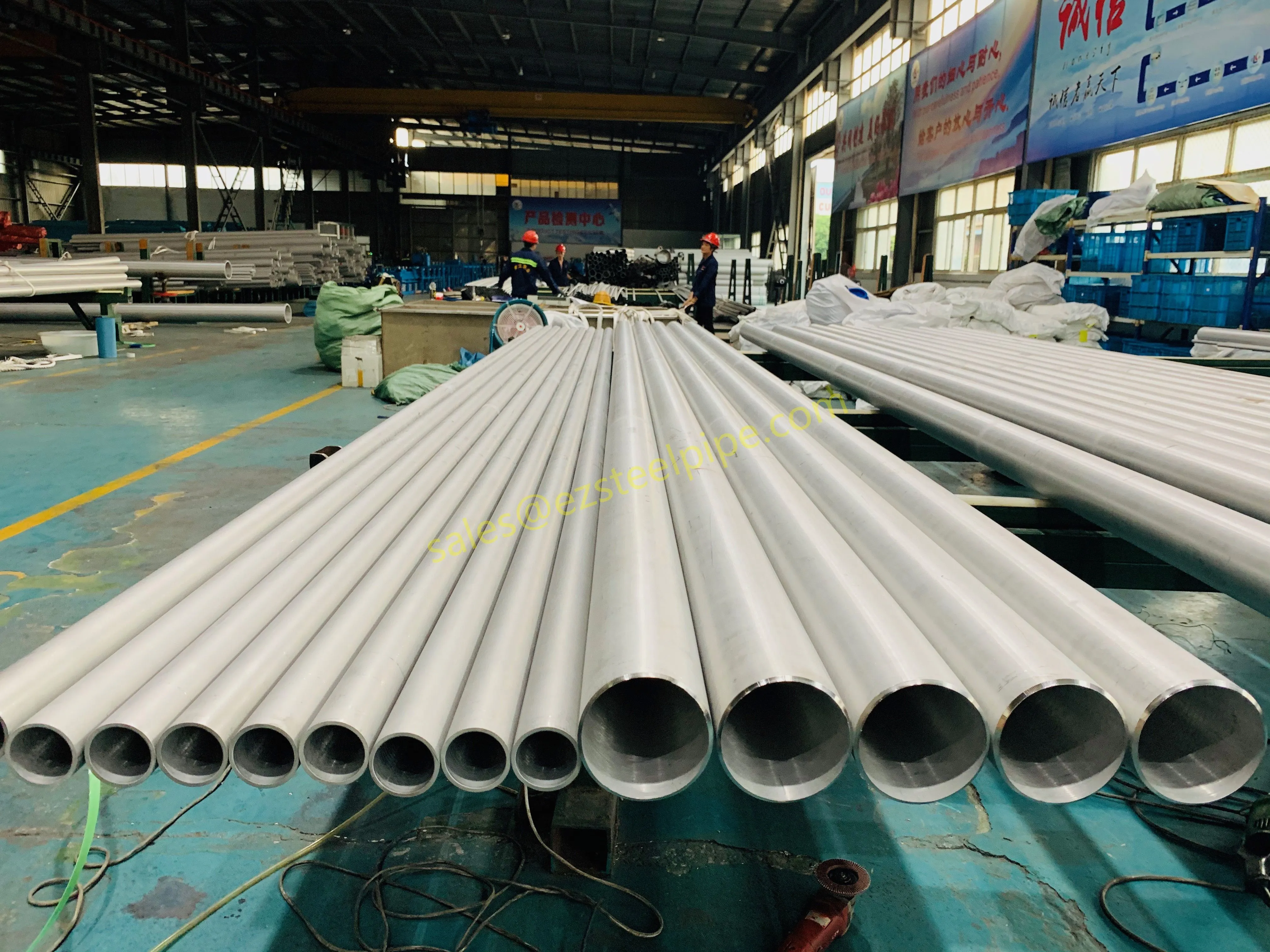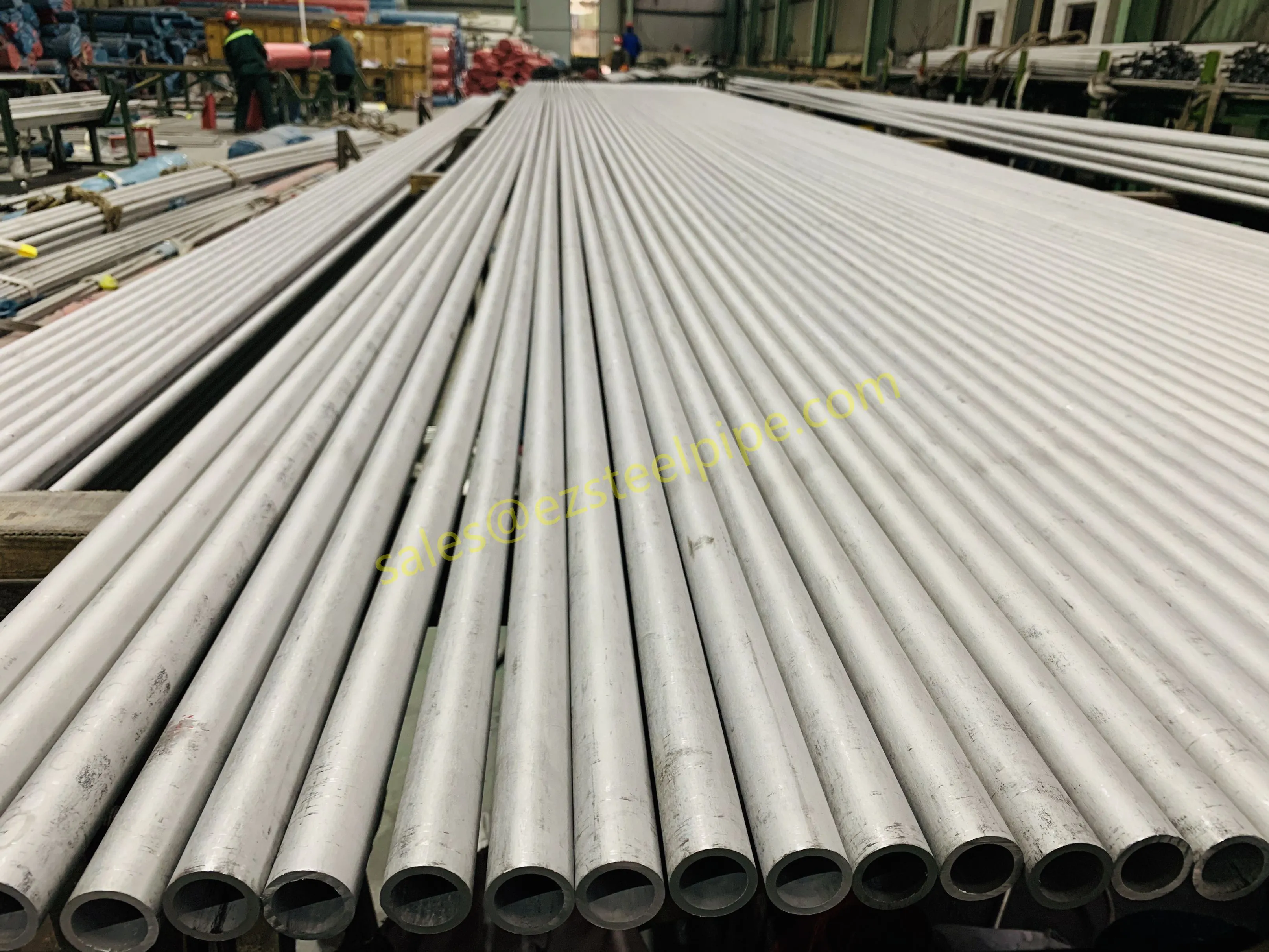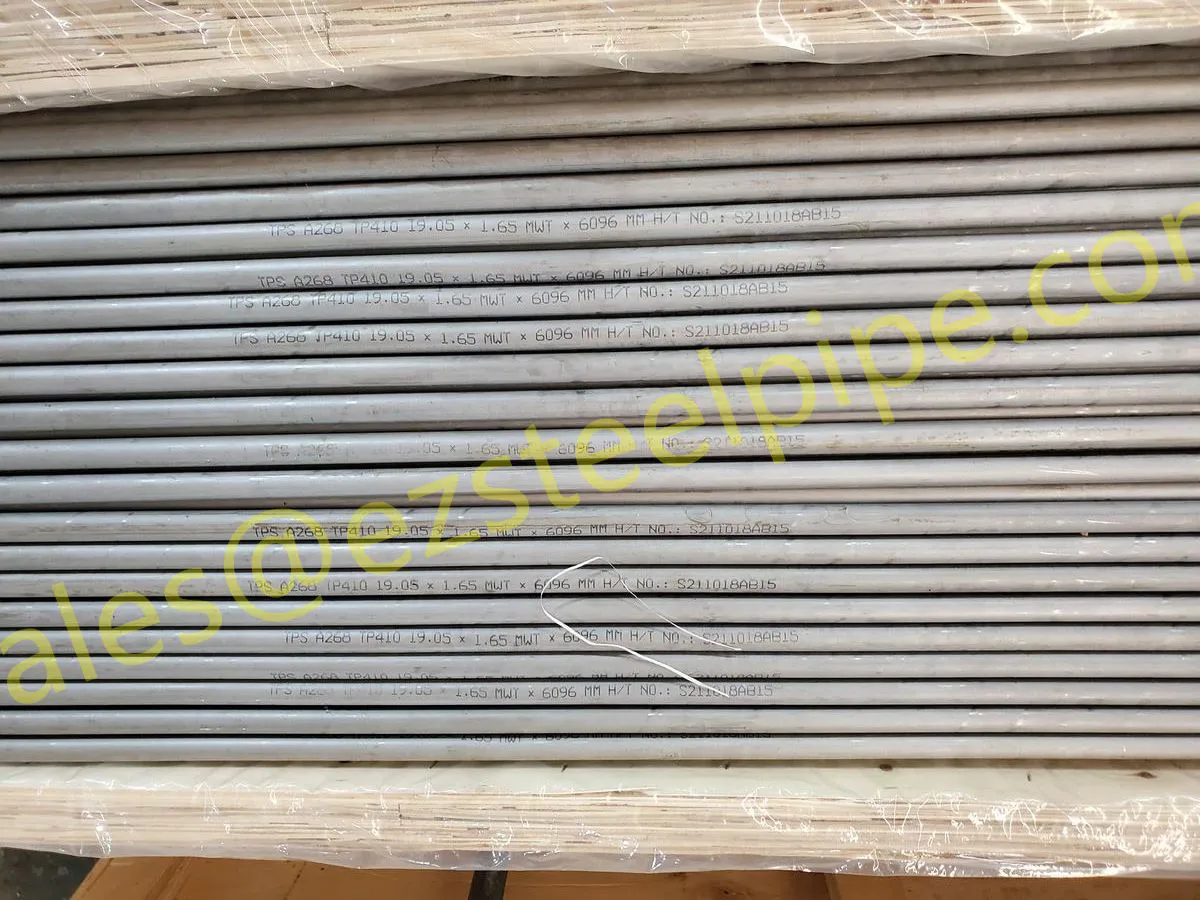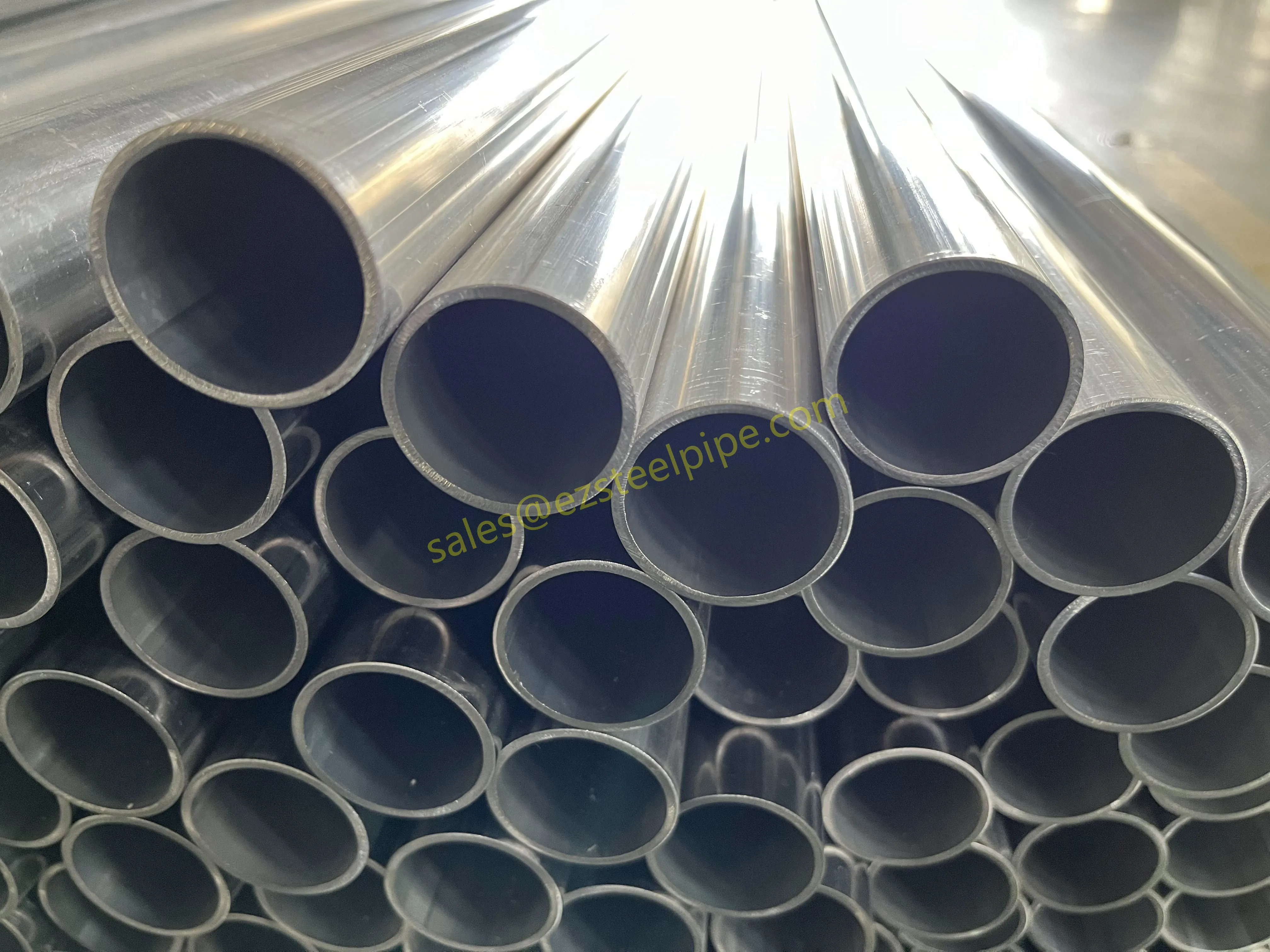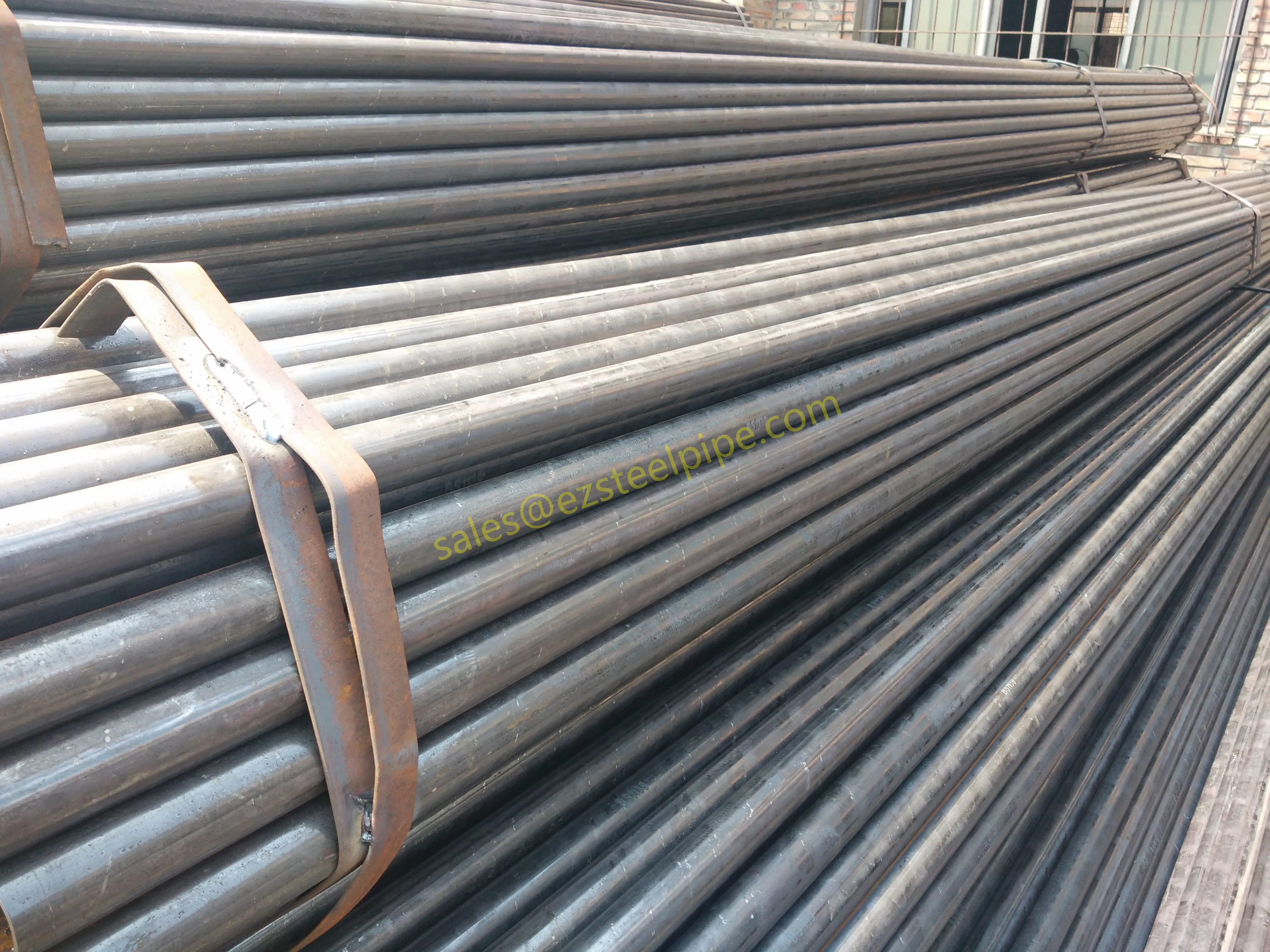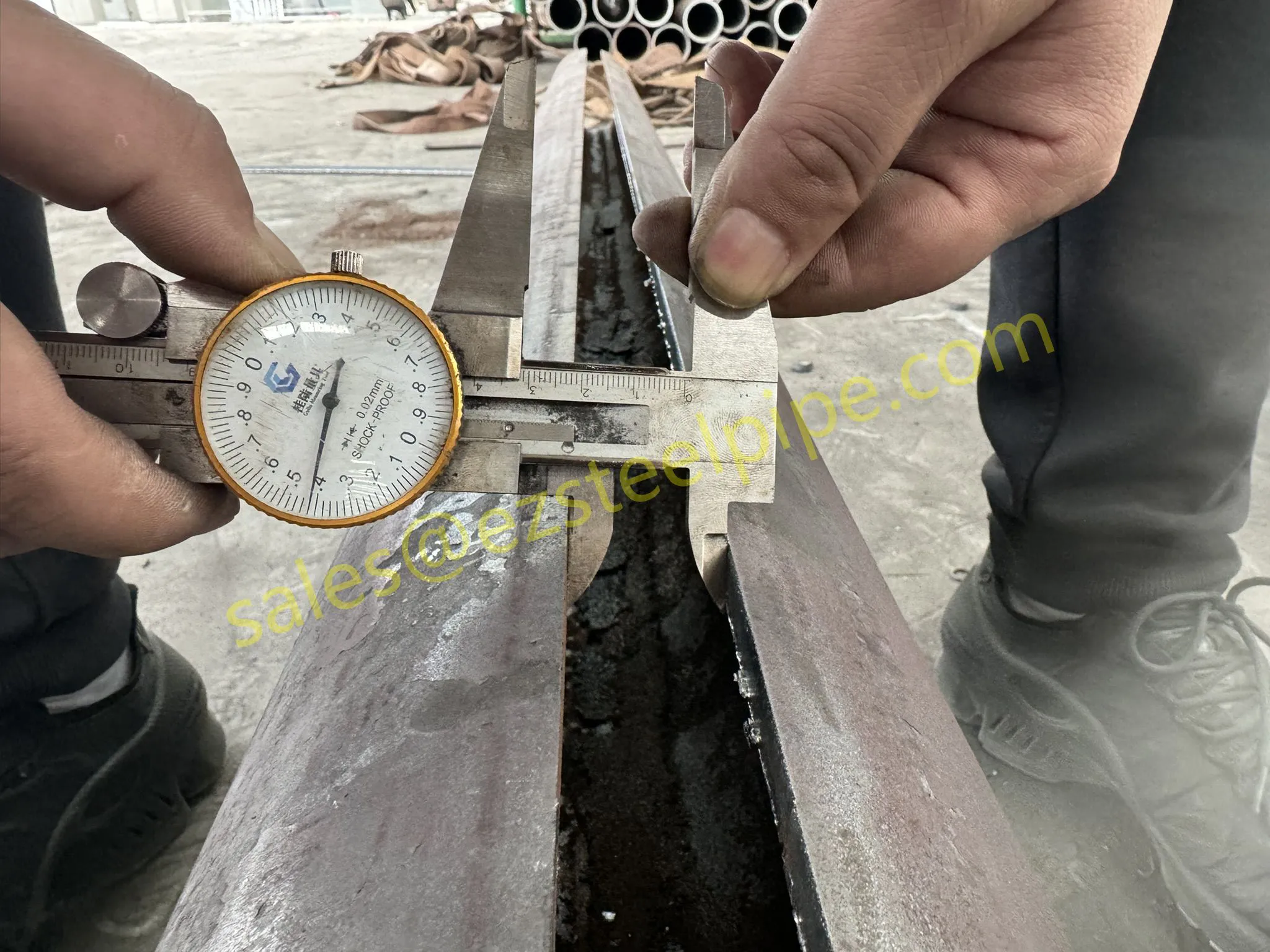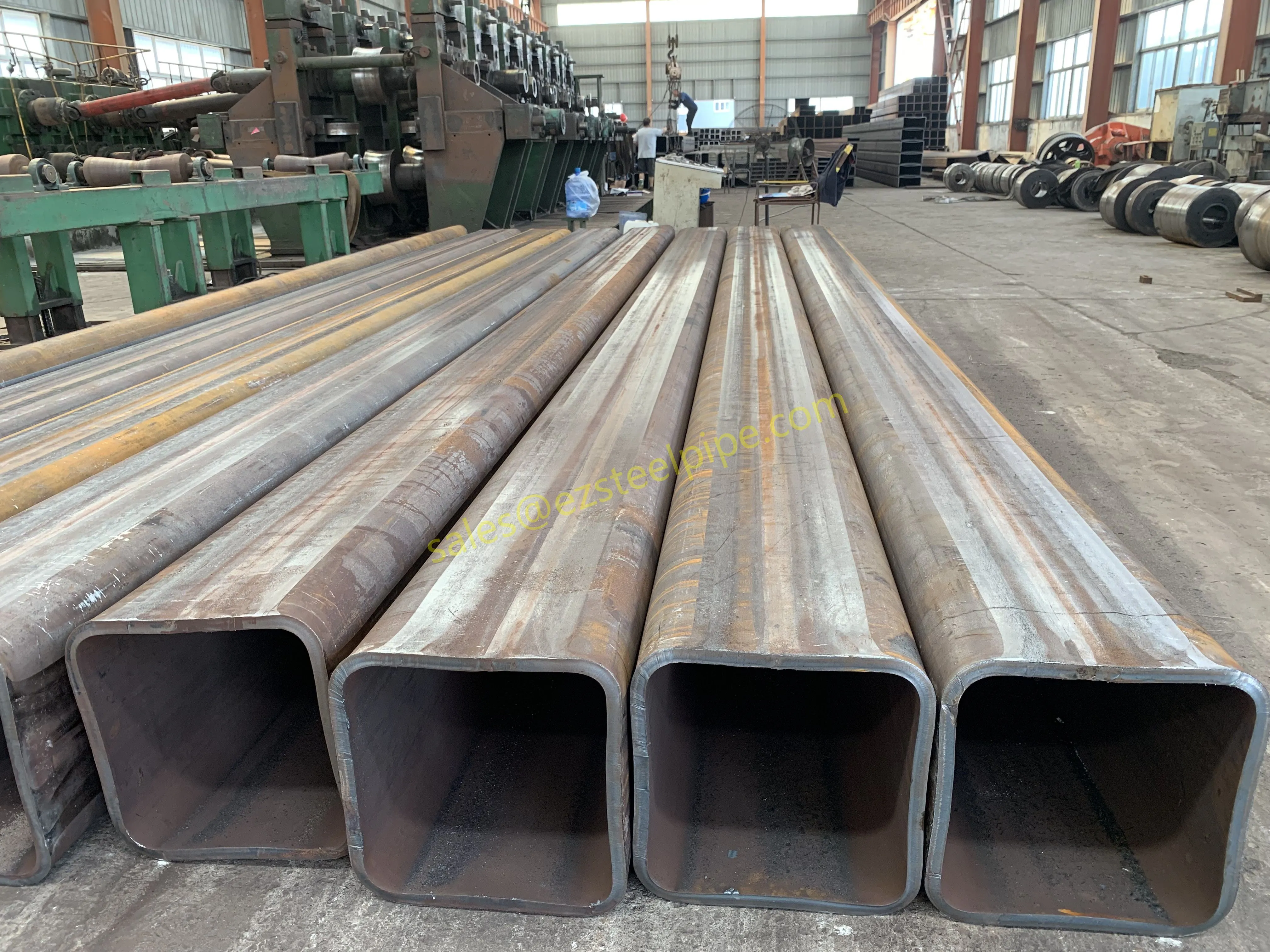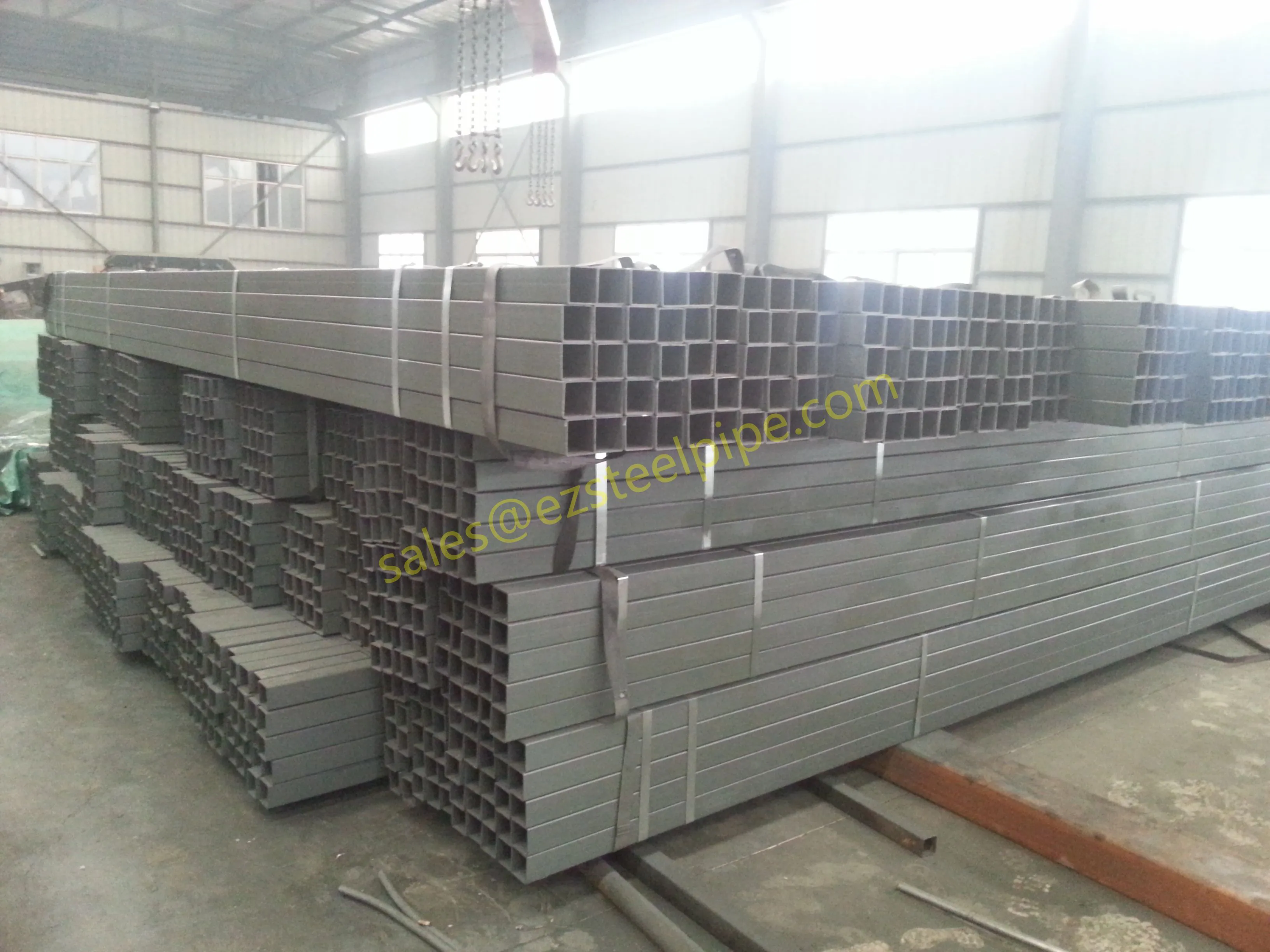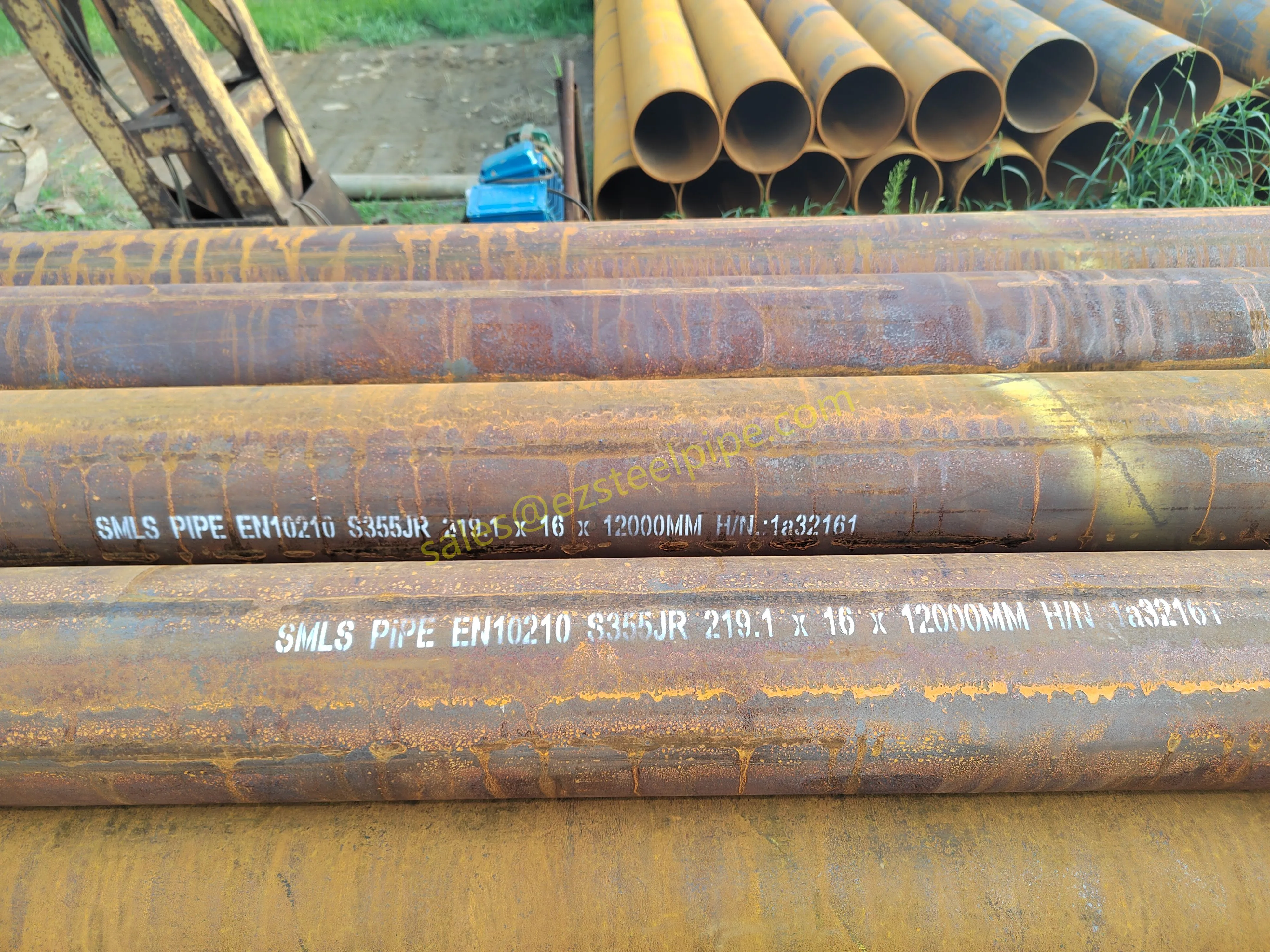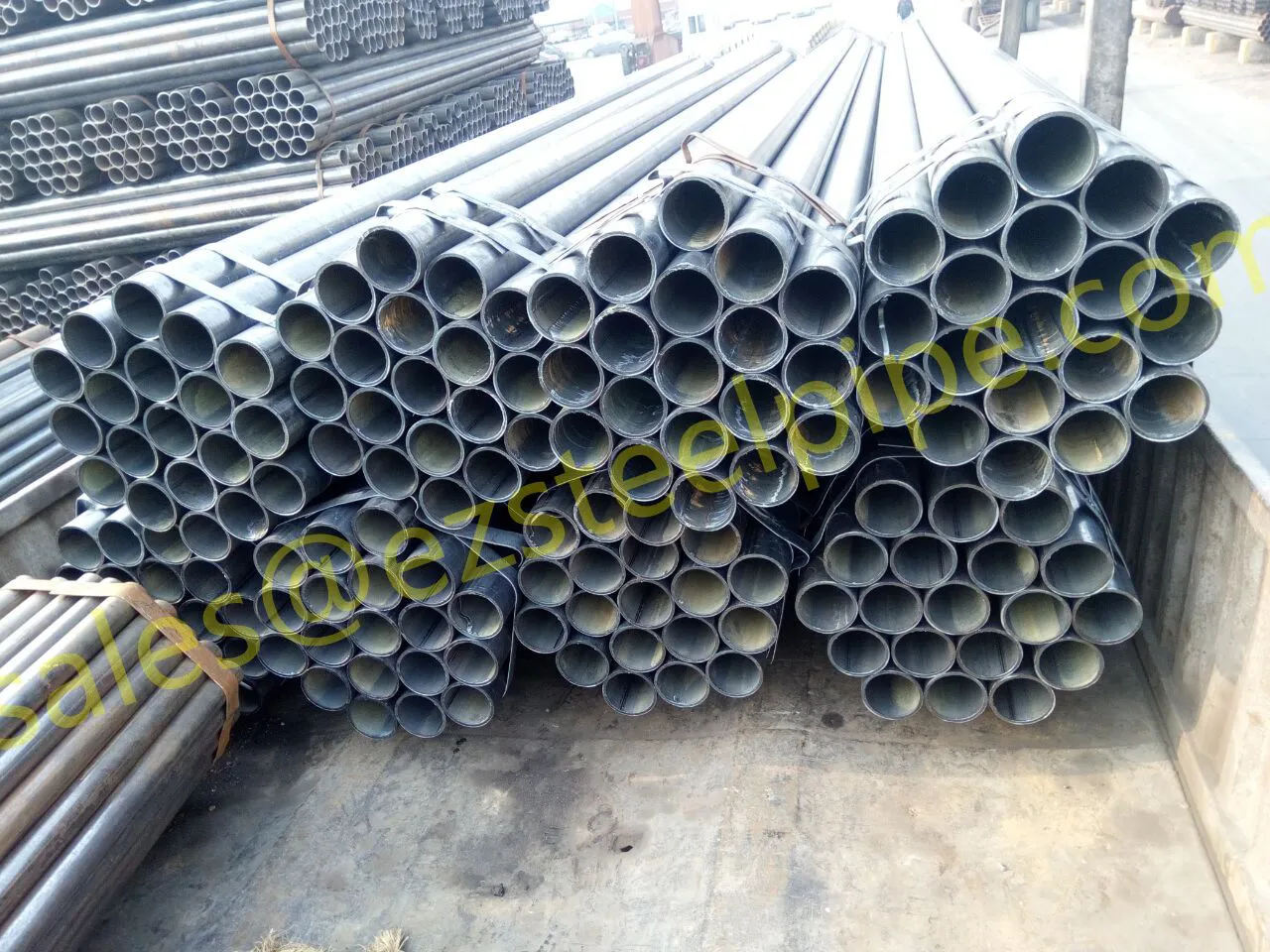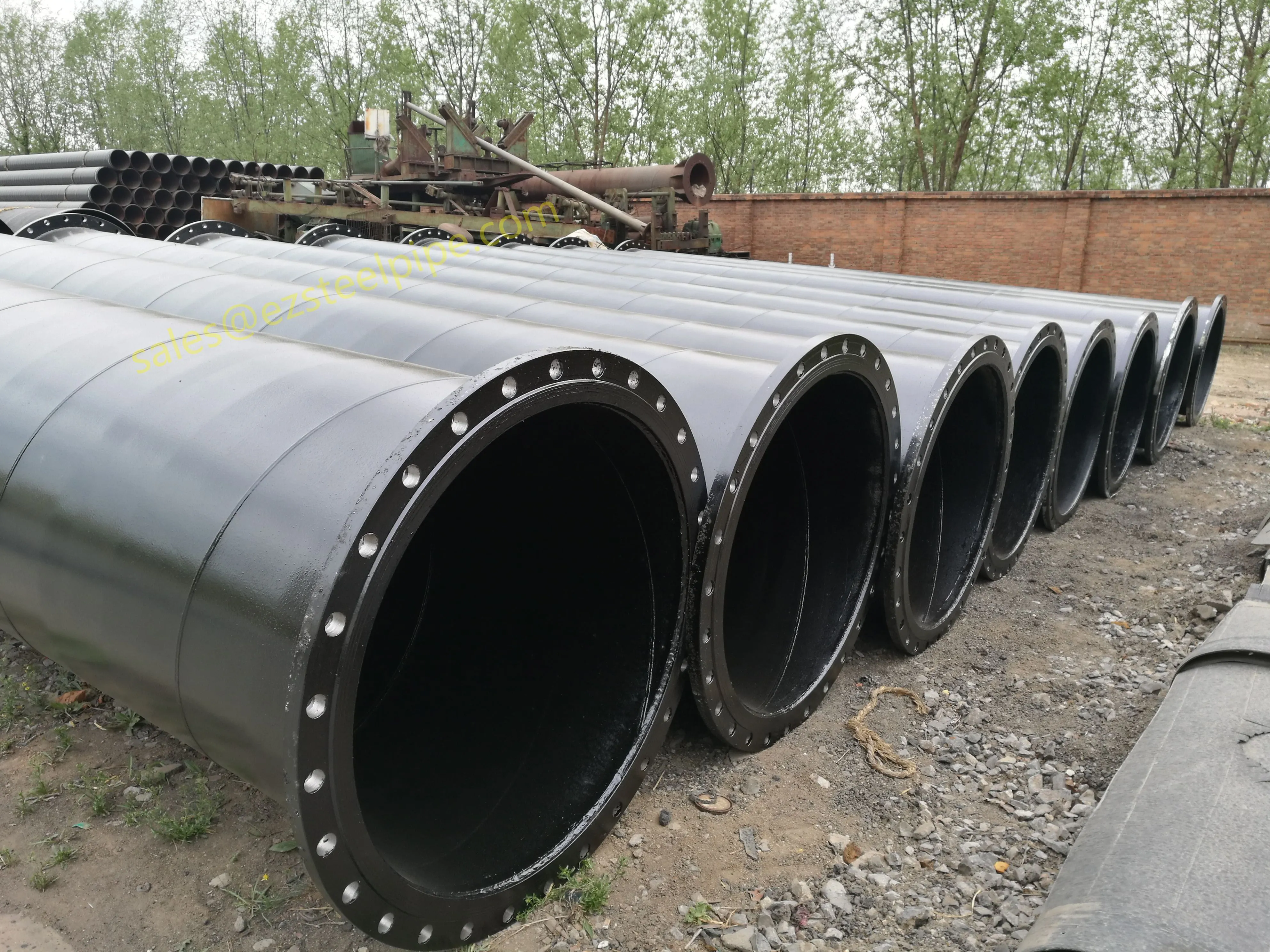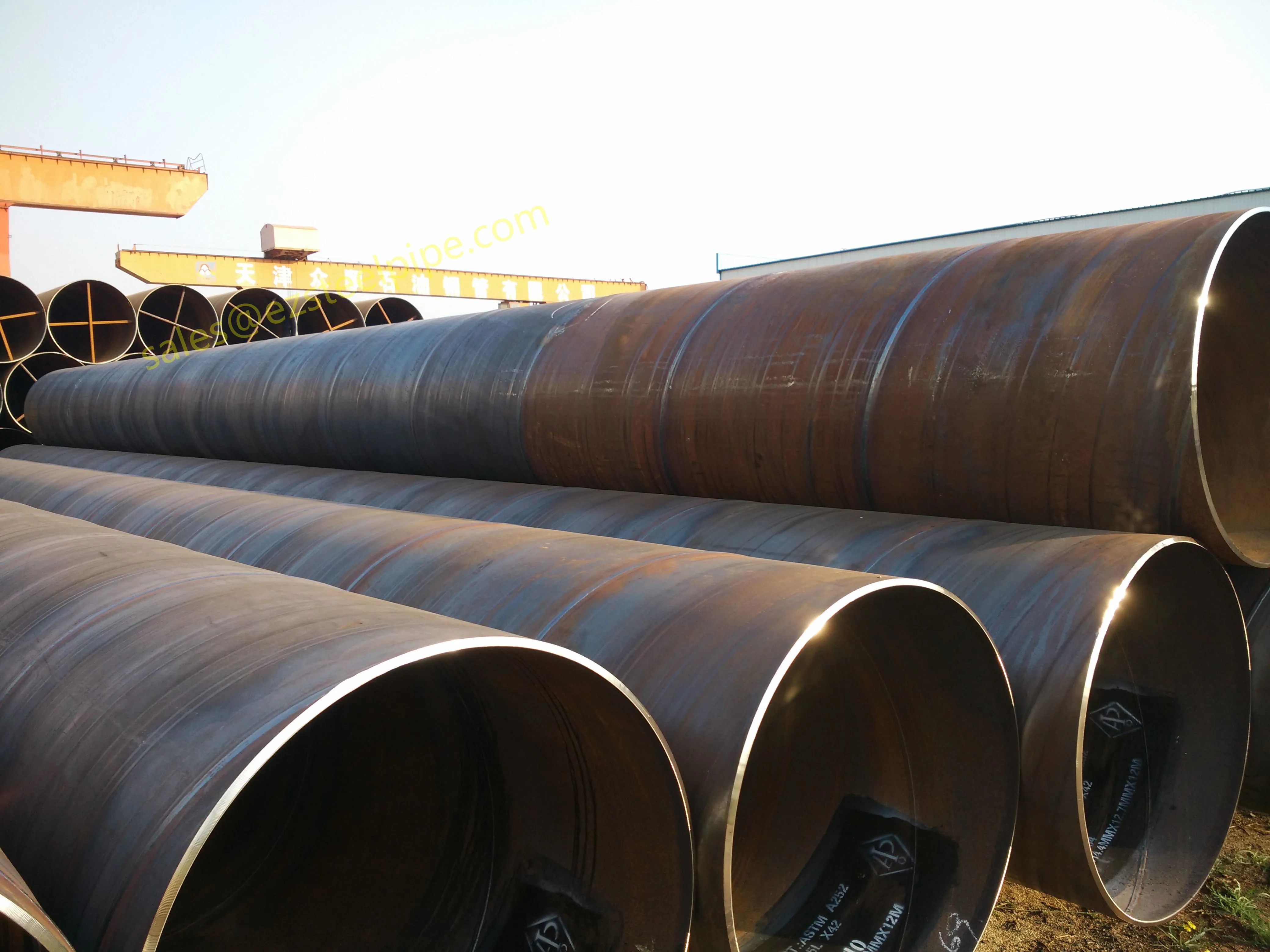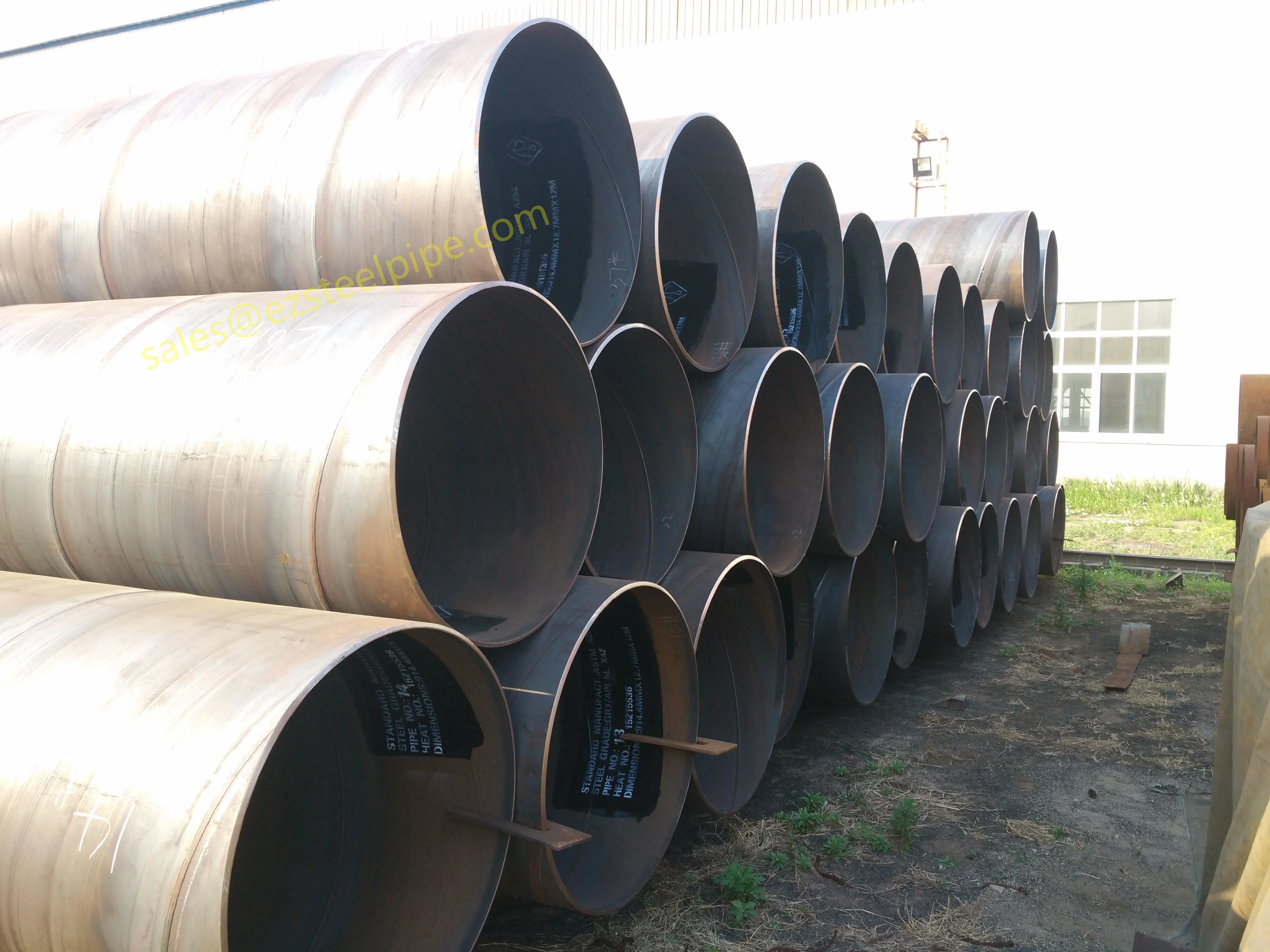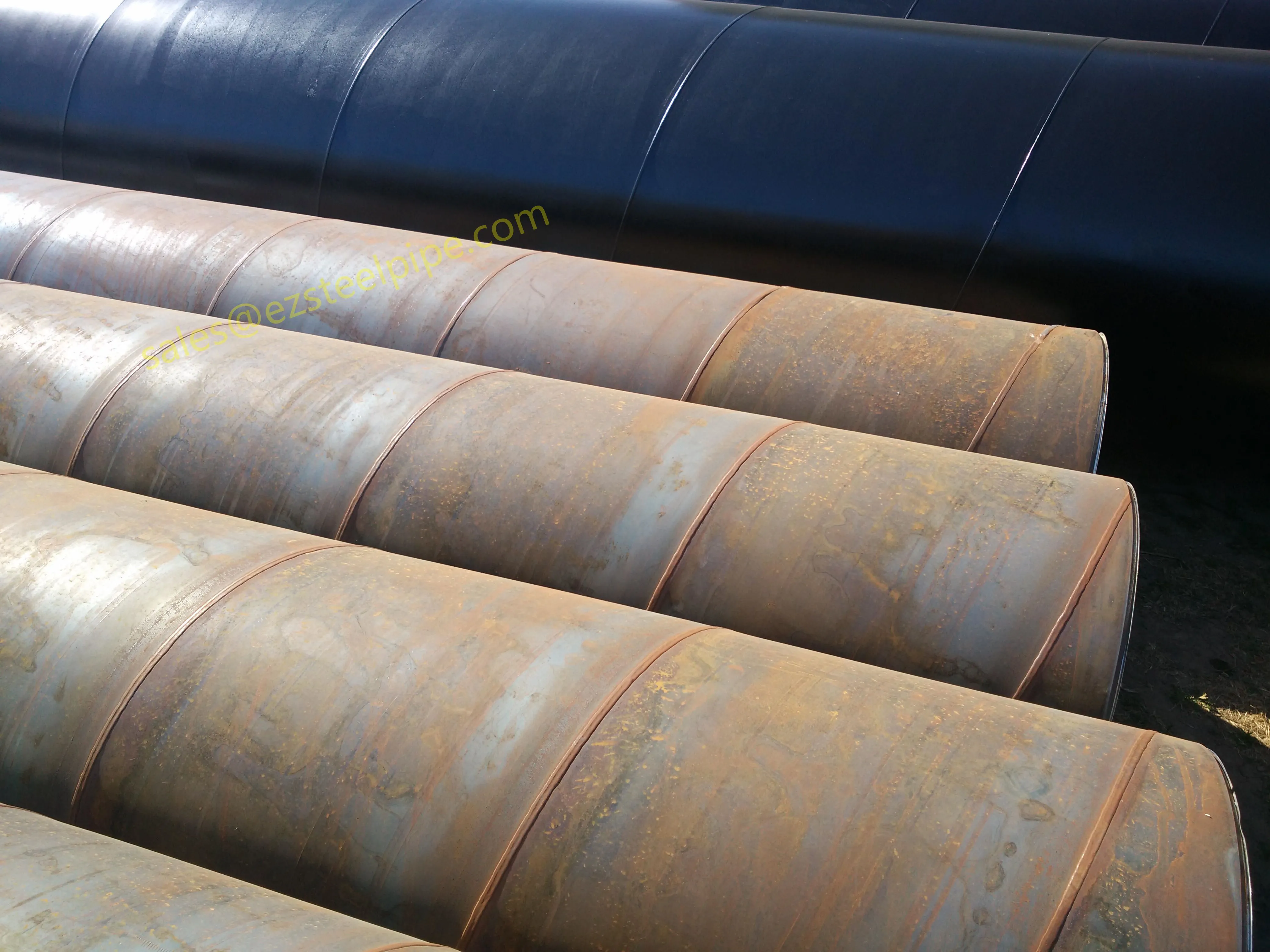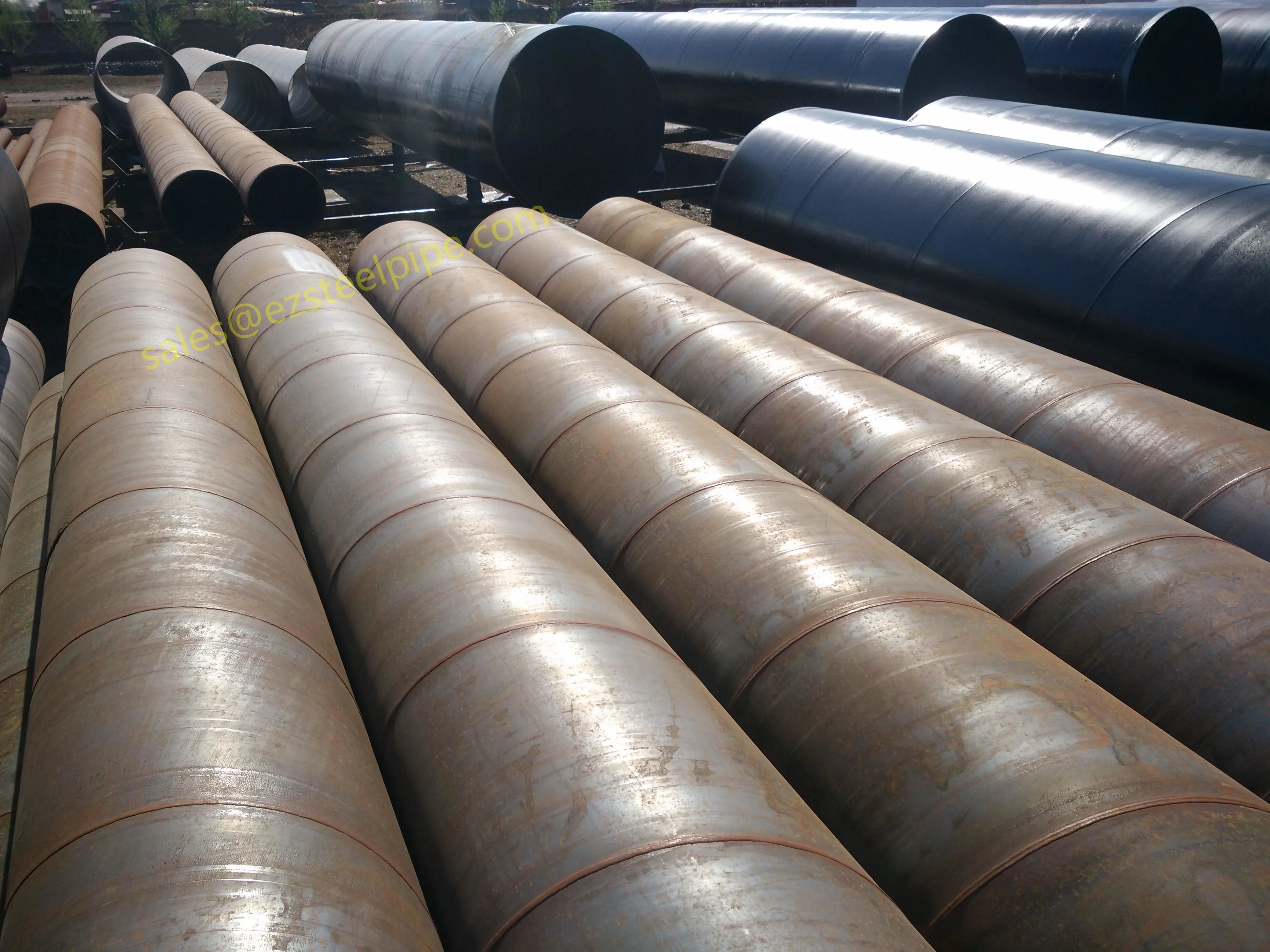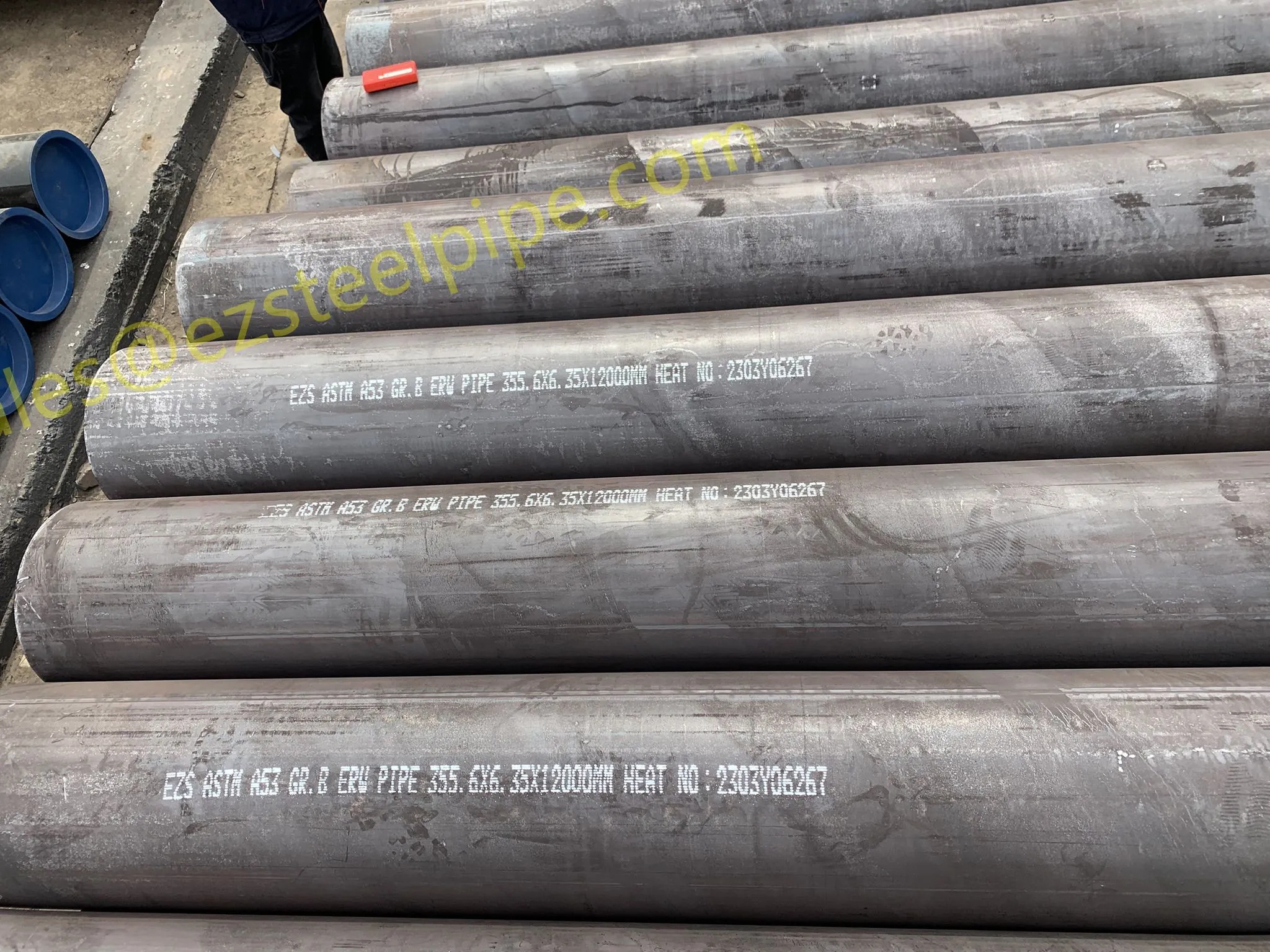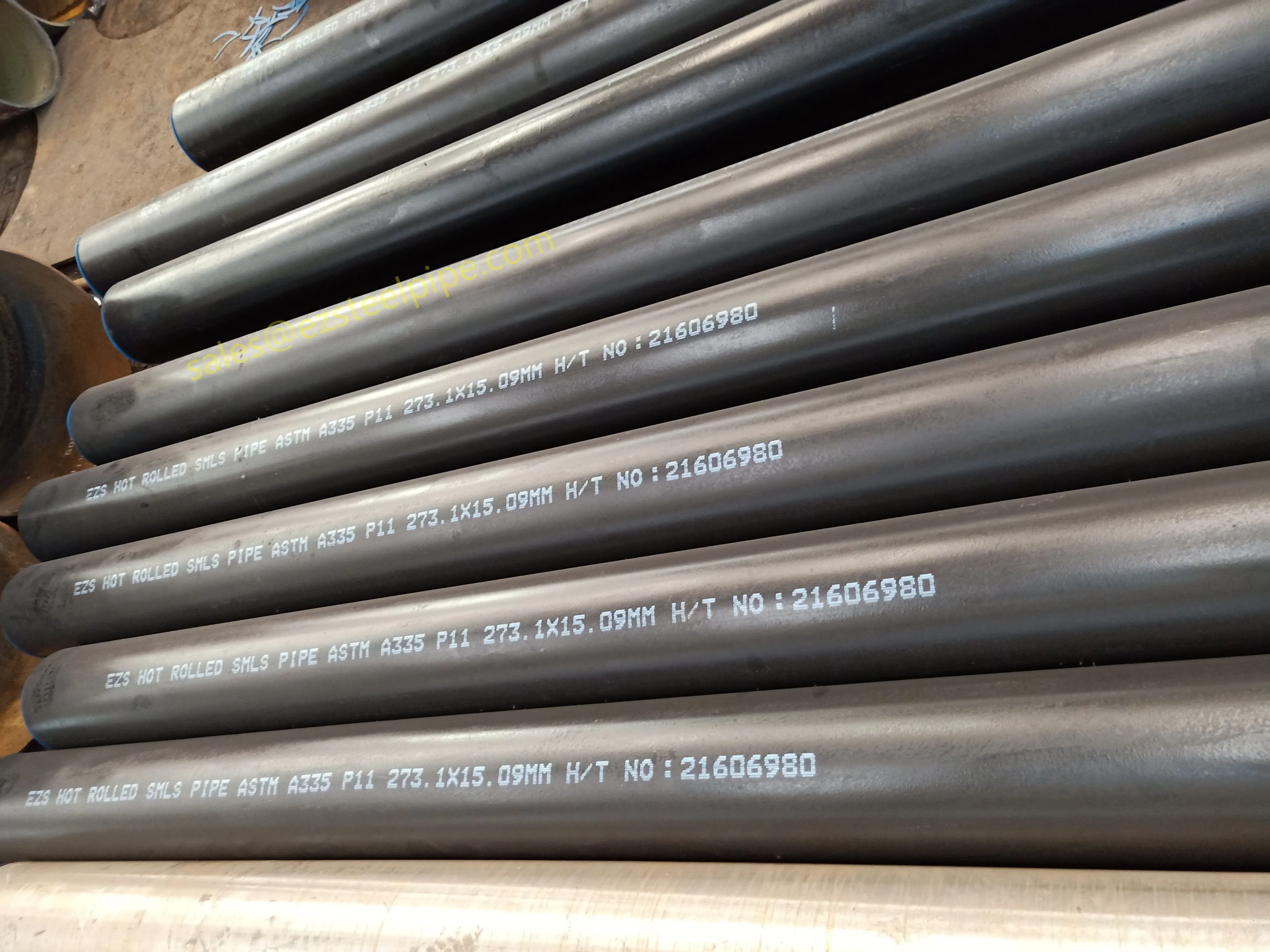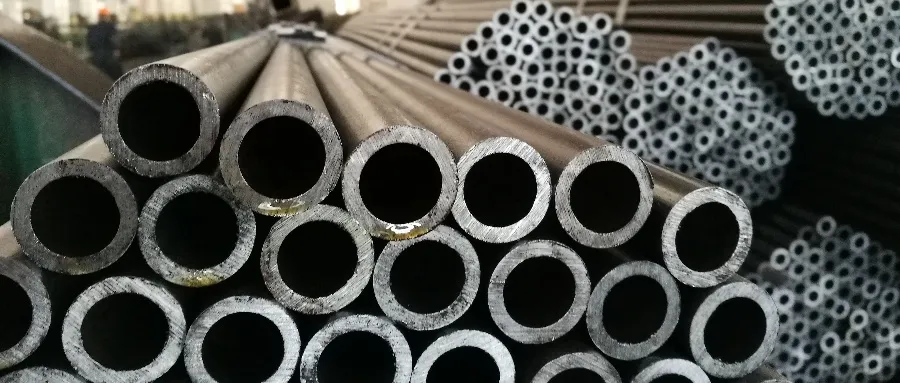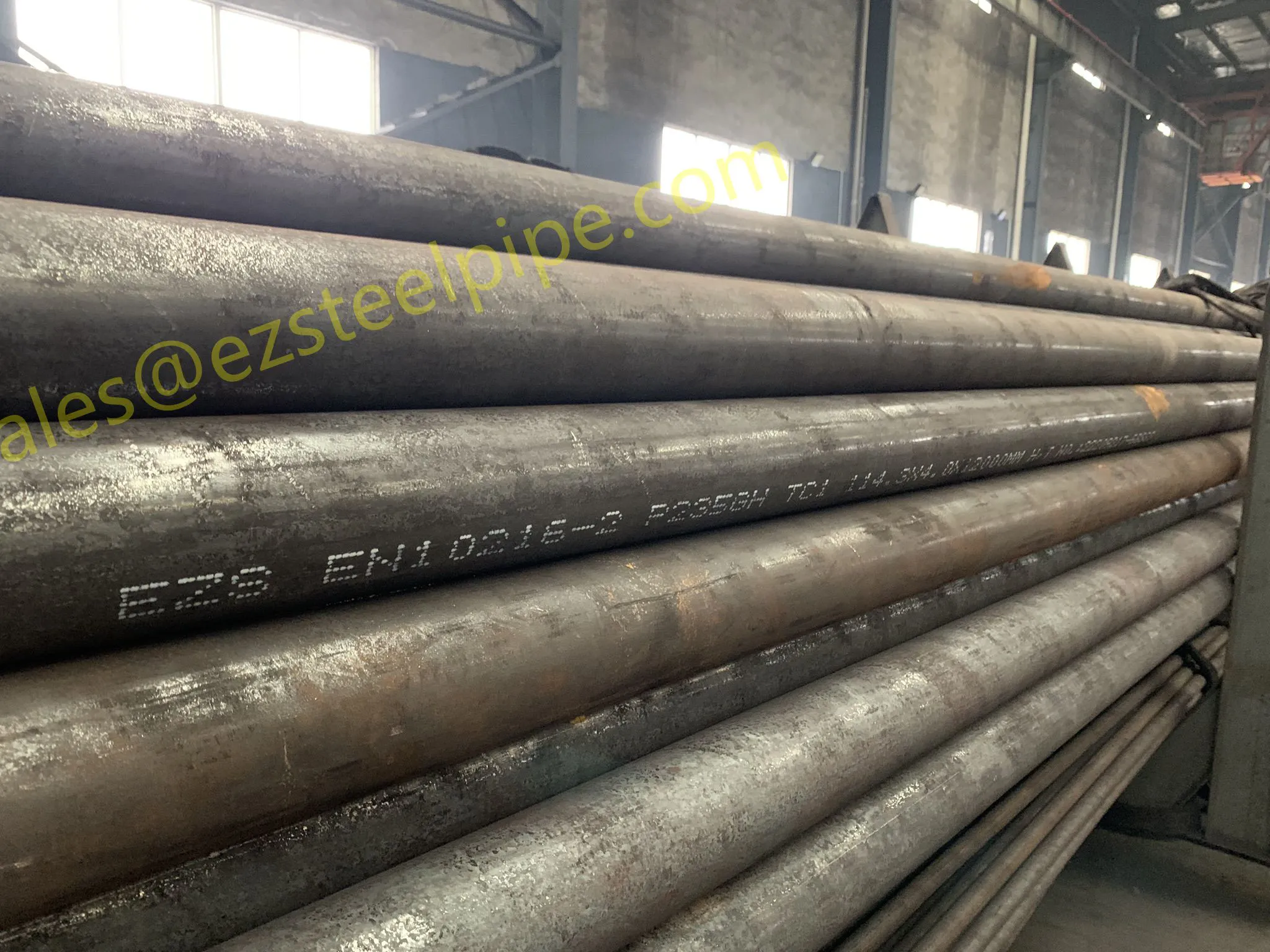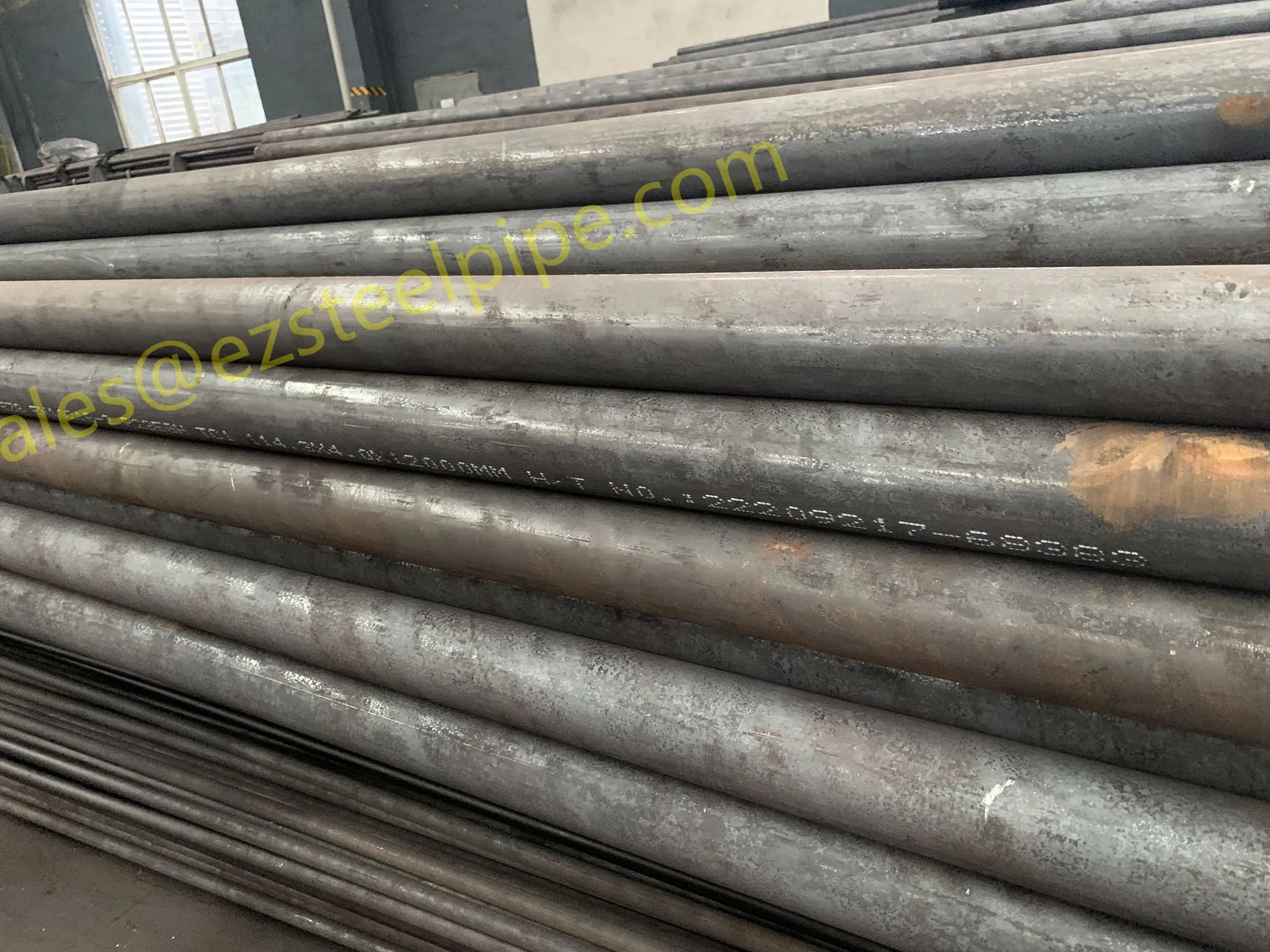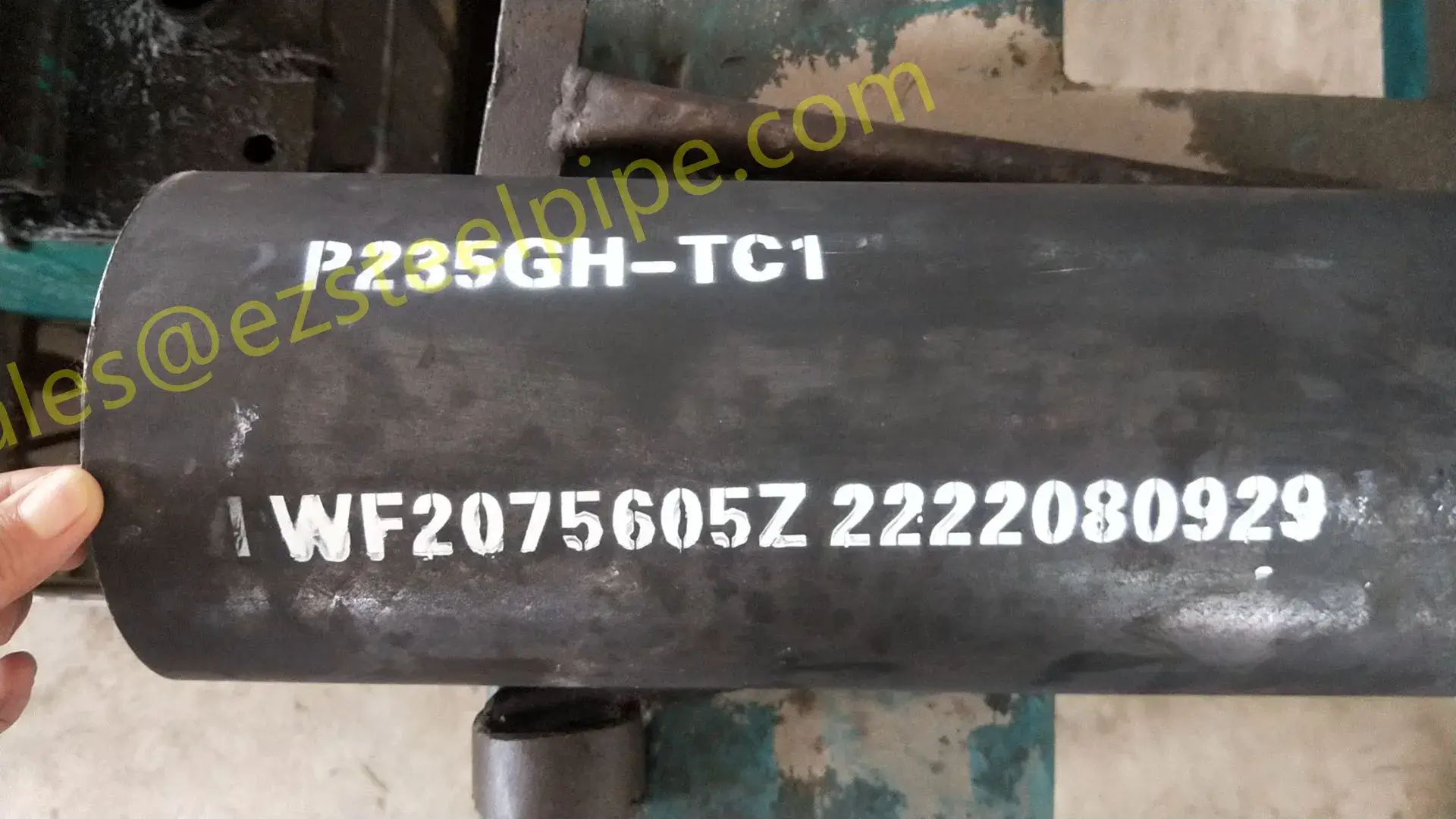At the heart of every nuclear power plant lies a silent workhorse: the piping system. These networks of tubes and pipes don't just carry fluids—they contain the energy that powers cities, withstand extreme conditions that would tear through ordinary materials, and stand as the first line of defense against environmental and safety risks. In an industry where even the smallest flaw can have catastrophic consequences, the choice of piping materials isn't just a technical decision; it's a promise to prioritize safety, durability, and precision. This is where custom alloy steel tubes step in, engineered to meet the most rigorous demands of nuclear reactor environments.
Nuclear energy remains one of the world's most reliable sources of low-carbon electricity, but its safety record hinges on components that can endure relentless stress: searing temperatures up to 300°C, pressures exceeding 150 bar, corrosive coolants like heavy water or liquid sodium, and constant exposure to radiation. Standard off-the-shelf tubes simply can't keep up. That's why the industry turns to custom solutions—tubes tailored in material composition, dimensions, and design to thrive where other materials fail. From pressure tubes that cradle fuel rods to heat exchanger tubes that transfer thermal energy, these custom alloy steel tubes are the unsung heroes ensuring nuclear plants run smoothly, efficiently, and safely.
The Nuclear Challenge: Why "One-Size-Fits-All" Tubes Fall Short
To understand the critical role of custom alloy steel tubes, we first need to grasp the unique challenges of nuclear reactor environments. Unlike conventional industrial settings, nuclear reactors subject their components to a "perfect storm" of harsh conditions:
- Extreme Pressure & Temperature: Reactor cores generate intense heat, while cooling systems and steam generators operate under high pressure. Tubes must maintain structural integrity to prevent leaks—even tiny cracks could lead to radioactive coolant release.
- Radiation Exposure: Prolonged radiation can weaken materials over time, a phenomenon known as "radiation embrittlement." Tubes must resist this degradation to ensure long-term reliability.
- Corrosive Environments: Coolants like boric acid, lithium hydroxide, or liquid sodium are highly reactive. Tubes must resist corrosion to avoid thinning, pitting, or perforation.
- Mechanical Stress: Thermal expansion and contraction, vibration, and weight loads add constant mechanical strain. Tubes must be flexible yet strong to withstand these forces without fatigue.
These challenges demand materials with exceptional properties: high tensile strength, creep resistance (to avoid deformation under prolonged heat), corrosion resistance, and radiation stability. Standard carbon steel or even generic stainless steel can't deliver on all fronts. This is where alloy steel—blended with elements like nickel, chromium, molybdenum, or titanium—shines. But even then, nuclear applications require more than just "good enough" alloys; they need customization.
Consider this: A single nuclear reactor may contain thousands of meters of tubing, each with unique requirements. A pressure tube in the core needs radiation-hardened nickel-chromium alloy, while a condenser tube in the secondary cooling loop might require copper-nickel for corrosion resistance. Customization ensures each tube is optimized for its specific role, balancing performance, cost, and safety.
Custom Alloy Steel Tubes: Engineered for Nuclear Excellence
Custom alloy steel tubes aren't just modified versions of standard products—they're engineered from the ground up to meet precise specifications. This customization spans three key areas: material composition, manufacturing processes, and design features. Let's break down what makes these tubes indispensable in nuclear reactors.
Material Mastery: Alloys Tailored to Withstand the Elements
The "alloy" in alloy steel is where the magic happens. By blending base metals with other elements, engineers create materials with enhanced properties. For nuclear applications, the most common alloys include:
| Alloy Type | Standard | Key Properties | Nuclear Applications |
|---|---|---|---|
| Incoloy 800 | ASTM B407 | High creep resistance, oxidation resistance up to 1000°C, excellent weldability | Heat exchanger tubes, steam generators |
| Monel 400 | ASTM B165 | Resistance to corrosive coolants (e.g., sulfuric acid, seawater), high strength | Condenser tubes, piping in chemical cleaning systems |
| Ni-Cr-Fe Alloy (Hastelloy) | ASTM B167 | Exceptional corrosion resistance, radiation stability | Pressure tubes, reactor core components |
| Copper-Nickel (Cu-Ni) | EEMUA 144, BS 2871 | Resistance to biofouling, seawater corrosion | Secondary cooling system tubes, marine-based nuclear facilities |
| Nuclear-Grade Stainless Steel | RCC-M Section II | High strength, low carbon content (to minimize carbide precipitation), radiation resistance | Structural piping, safety systems |
One standard looms large in nuclear tube manufacturing: RCC-M Section II . Developed by the French Nuclear Safety Authority, RCC-M (Règles de Conception et de Construction des Matériaux pour les Matériels Mécaniques des Installations Nucléaires) sets strict guidelines for materials used in nuclear mechanical components. Tubes certified to RCC-M Section II undergo rigorous testing to ensure they meet radiation resistance, mechanical strength, and corrosion resistance benchmarks—non-negotiable for reactor safety.
Manufacturing Precision: From Ore to Tube, No Compromises
Even the best alloy is only as good as its manufacturing process. Custom nuclear tubes demand precision at every step:
- Seamless vs. Welded: Most nuclear tubes are seamless, formed by piercing a solid billet and rolling it into a tube. This eliminates weld seams, which can be weak points. For larger diameters, welded tubes may be used, but only with 100% non-destructive testing (NDT) to detect flaws.
- Heat Treatment: Processes like annealing, quenching, or tempering refine the alloy's microstructure, enhancing strength and ductility. For example, annealing Incoloy 800 tubes reduces internal stress, making them more resistant to creep.
- Surface Finishing: Polishing or pickling removes impurities and oxides, preventing corrosion initiation. In some cases, protective coatings (e.g., zirconium for fuel cladding) are applied for extra durability.
- Testing & Quality Control: Nuclear tubes undergo exhaustive testing: ultrasonic testing for internal defects, eddy current testing for surface flaws, hydrostatic testing to verify pressure resistance, and chemical analysis to confirm alloy composition. Every tube is traceable, with documentation tracking its journey from raw material to final product.
Design Flexibility: Tubes Shaped for Function
Beyond material and manufacturing, custom tubes are designed to fit the unique geometry of nuclear systems. Common design variations include:
- U Bend Tubes: These curved tubes allow heat exchangers and steam generators to fit into tight spaces, maximizing heat transfer efficiency without increasing footprint.
- Finned Tubes: Added fins increase surface area, boosting heat transfer in condenser and cooling systems—critical for optimizing energy efficiency.
- Thin-Wall Tubes: Used in applications where weight or heat transfer speed is prioritized, these tubes balance strength with minimal material.
Safety Codes: The Guardrails of Nuclear Piping
In nuclear energy, "good enough" isn't acceptable. Every component must adhere to strict safety codes and standards to ensure reliability and prevent accidents. For custom alloy steel tubes, compliance is non-negotiable. Key standards include:
RCC-M: The Gold Standard for Nuclear Materials
Developed by France's AFCEN (Association Française pour les Normes de l'Energie Nucléaire), RCC-M (Règles de Conception et de Construction des Matériels Mécaniques) is widely recognized as one of the most rigorous standards for nuclear mechanical components. Its Section II specifically covers materials, including tubes. RCC-M Section II nuclear tubes must meet exacting criteria for chemical composition, mechanical properties, and testing—ensuring they can withstand the lifetime demands of nuclear service.
ASME Boiler & Pressure Vessel Code (BPVC)
The American Society of Mechanical Engineers (ASME) BPVC is another cornerstone standard, with Section III governing nuclear power plant components. Tubes certified to ASME BPVC Section III undergo stringent qualification testing, including fatigue and fracture toughness evaluations, to ensure they can handle the dynamic loads of reactor operation.
International Standards: ISO, JIS, and Beyond
Nuclear projects often span borders, requiring compliance with global standards. For example:
- ISO 15630: Specifies requirements for seamless steel tubes for nuclear power plants, covering everything from dimensions to NDT.
- JIS G3463: Japanese Industrial Standard for stainless steel tubes used in high-temperature and high-pressure applications, including nuclear facilities.
- EN 10216-5: European standard for seamless steel tubes for pressure purposes, with grades optimized for creep resistance—critical for steam generator tubes.
Why compliance matters: A single non-compliant tube could compromise an entire reactor. Codes like RCC-M and ASME BPVC aren't just checkboxes—they're the result of decades of research, lessons learned from past incidents, and collaboration between engineers, regulators, and safety experts. For manufacturers, certification to these standards is a testament to their commitment to quality.
Beyond the Reactor: Custom Tubes in Allied Industries
While nuclear reactors are their most demanding application, custom alloy steel tubes are also indispensable in other high-stakes industries. Their ability to handle extreme conditions makes them ideal for:
Petrochemical Facilities
Refineries and chemical plants rely on tubes to transport aggressive fluids like acids, hydrocarbons, and high-temperature gases. Custom stainless steel and nickel alloy tubes resist corrosion and maintain integrity under high pressure, ensuring safe operation and preventing environmental contamination.
Marine & Ship-Building
Ships and offshore platforms face saltwater corrosion, vibration, and harsh weather. Copper-nickel alloy tubes (e.g., BS 2871, EN 12451) and stainless steel tubes (EN 10216-5) are preferred for cooling systems, hydraulic lines, and structural components, offering durability in marine environments.
Power Plants & Aerospace
Coal, gas, and renewable power plants use heat exchanger tubes and pressure tubes to generate steam and transfer energy. In aerospace, lightweight yet strong alloy tubes (e.g., Incoloy 800, Monel 400) are used in engine systems and hydraulic lines, where reliability is critical for flight safety.
Heat Efficiency Tubes
In any industry where energy efficiency matters, finned tubes and U bend tubes are game-changers. By maximizing heat transfer, these custom-designed tubes reduce energy waste, lower operational costs, and shrink carbon footprints—making them a favorite in HVAC, refrigeration, and industrial heating systems.
The Future of Nuclear Piping: Innovation and Sustainability
As the world shifts toward cleaner energy, nuclear power is poised to play a bigger role—and with it, the demand for advanced custom alloy steel tubes will grow. Emerging trends include:
- Advanced Alloys: Research into new nickel-chromium and titanium alloys aims to improve radiation resistance and extend tube lifespans, reducing maintenance costs and downtime.
- 3D Printing: Additive manufacturing could revolutionize tube production, allowing for complex geometries (like integrated fins or variable wall thickness) that optimize performance.
- Smart Tubes: Embedding sensors into tubes to monitor temperature, pressure, and corrosion in real time—enabling predictive maintenance and early defect detection.
These innovations will not only enhance safety and efficiency but also make nuclear energy more accessible and cost-effective, supporting the global transition to low-carbon power.
Conclusion: The Tubes That Power Progress
Custom alloy steel tubes may not grab headlines, but they're the backbone of nuclear energy's safety and success. From withstanding the extreme conditions of reactor cores to ensuring compliance with the world's strictest codes, these tubes embody the industry's commitment to excellence. They're a testament to human ingenuity—turning raw materials into components that protect communities, power economies, and pave the way for a cleaner future.
As we look ahead, the role of custom alloy steel tubes will only grow. Whether in next-generation nuclear reactors, green hydrogen plants, or deep-sea exploration vessels, these tubes will continue to push the boundaries of what's possible—proving that even the smallest components can make the biggest difference.
 export@ezsteelpipe.com
export@ezsteelpipe.com +86 731 8870 6116
+86 731 8870 6116






 Related Products
Related Products

